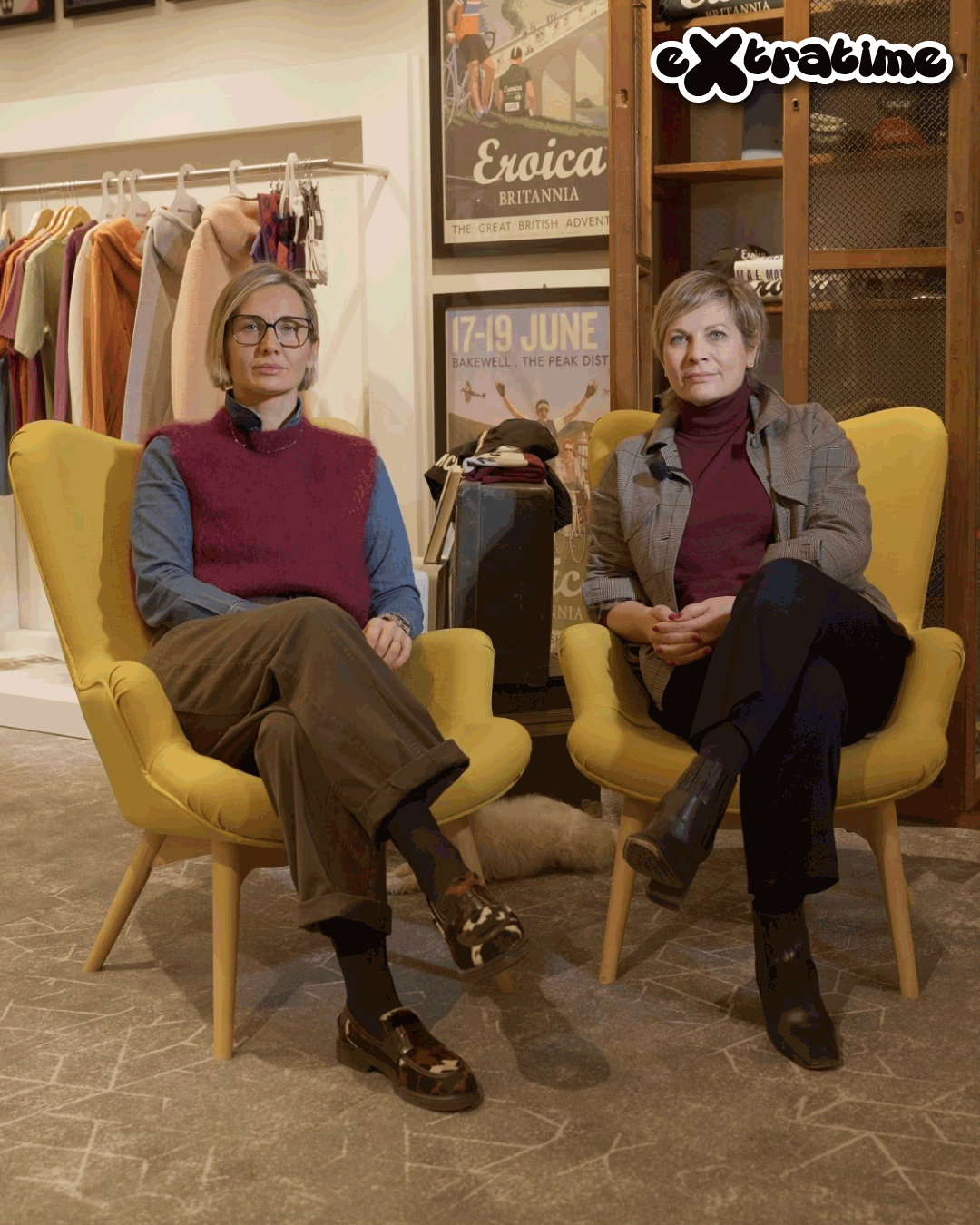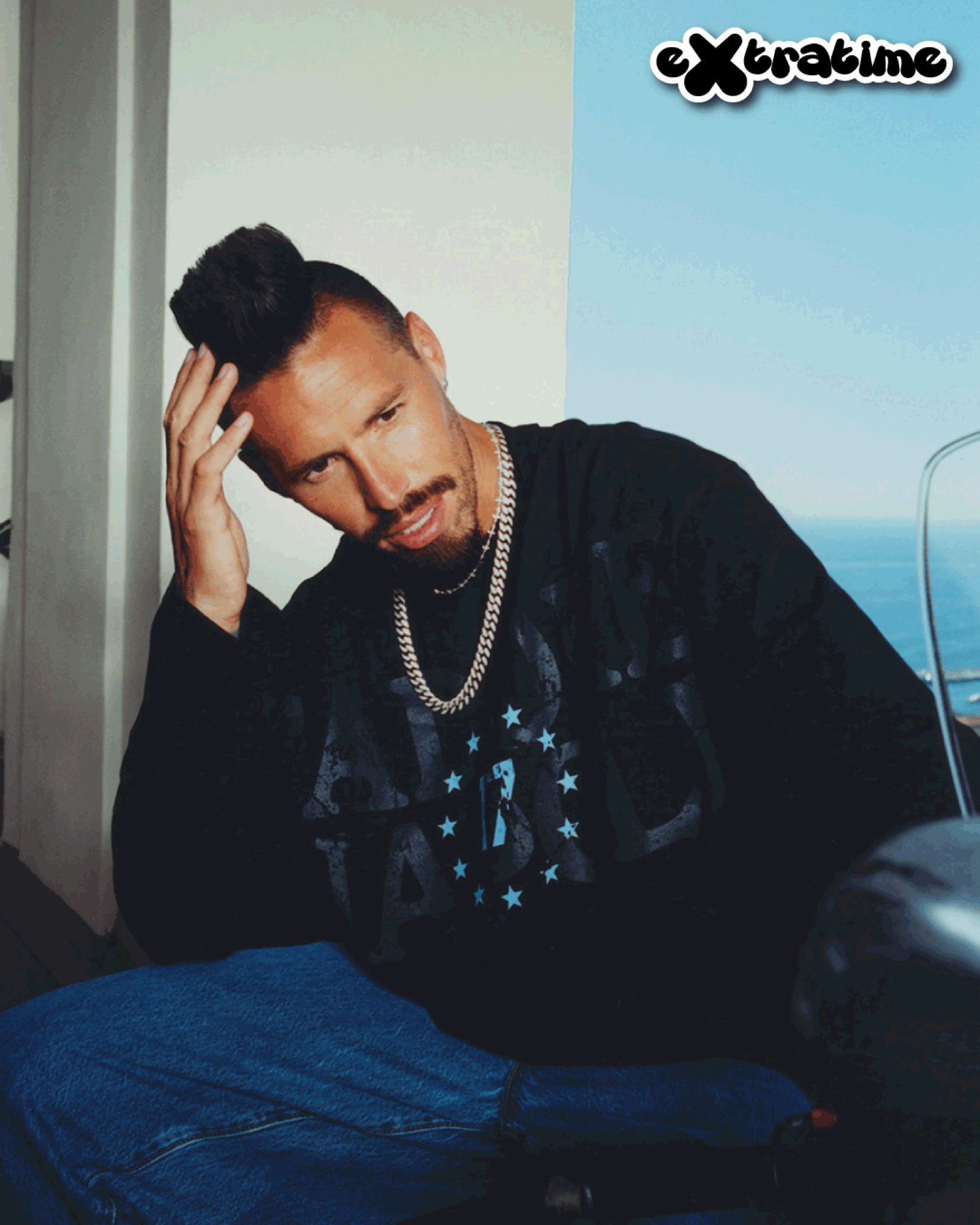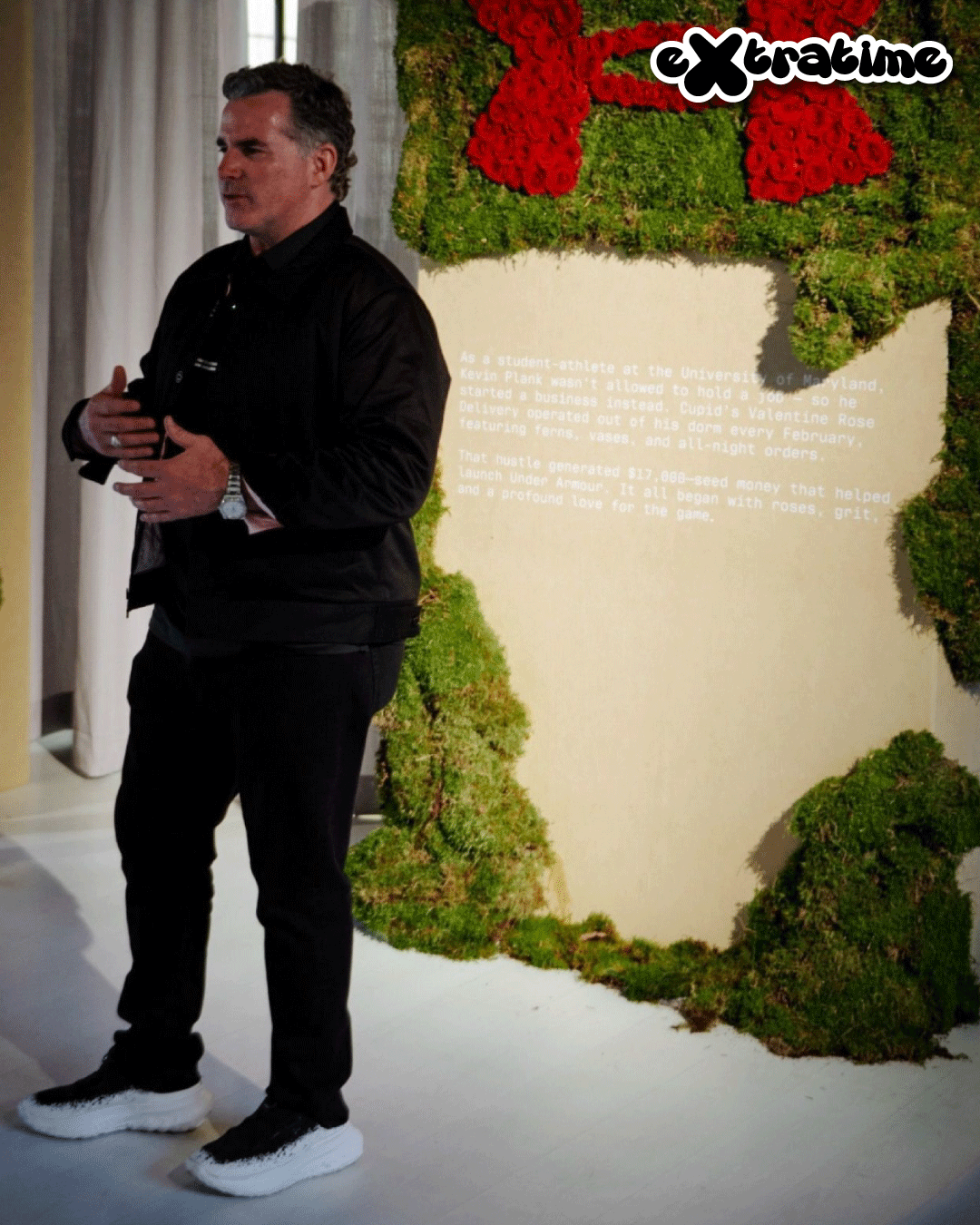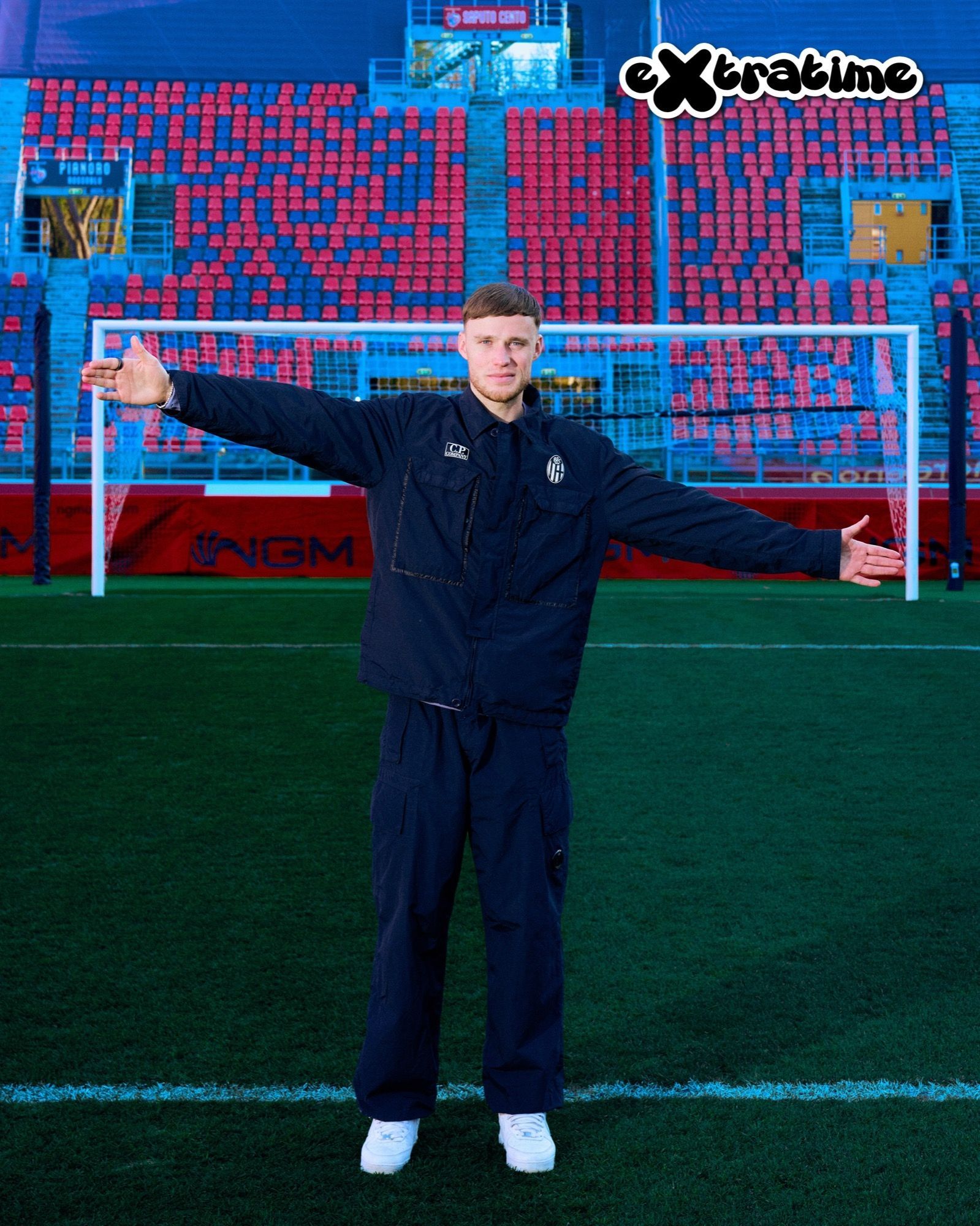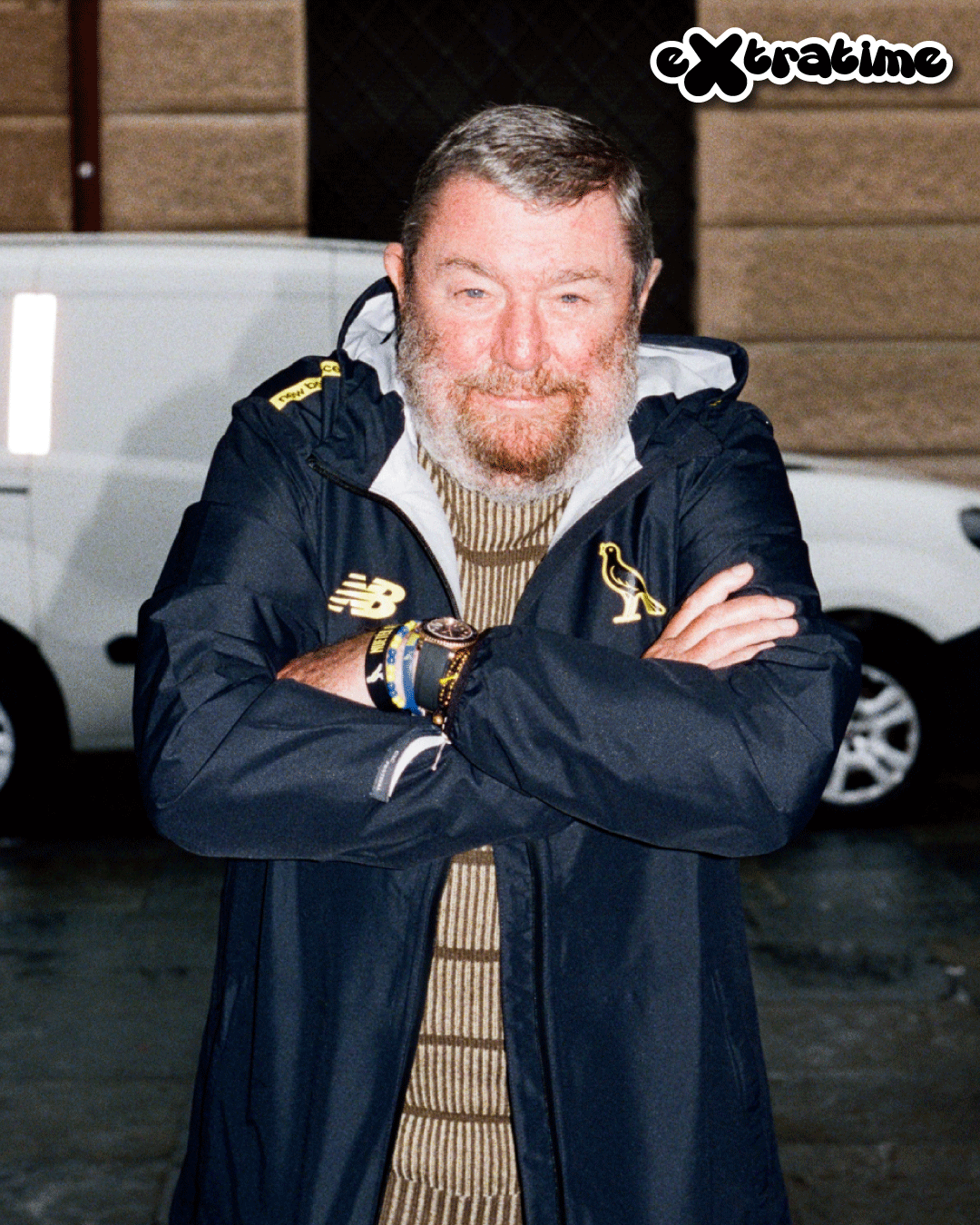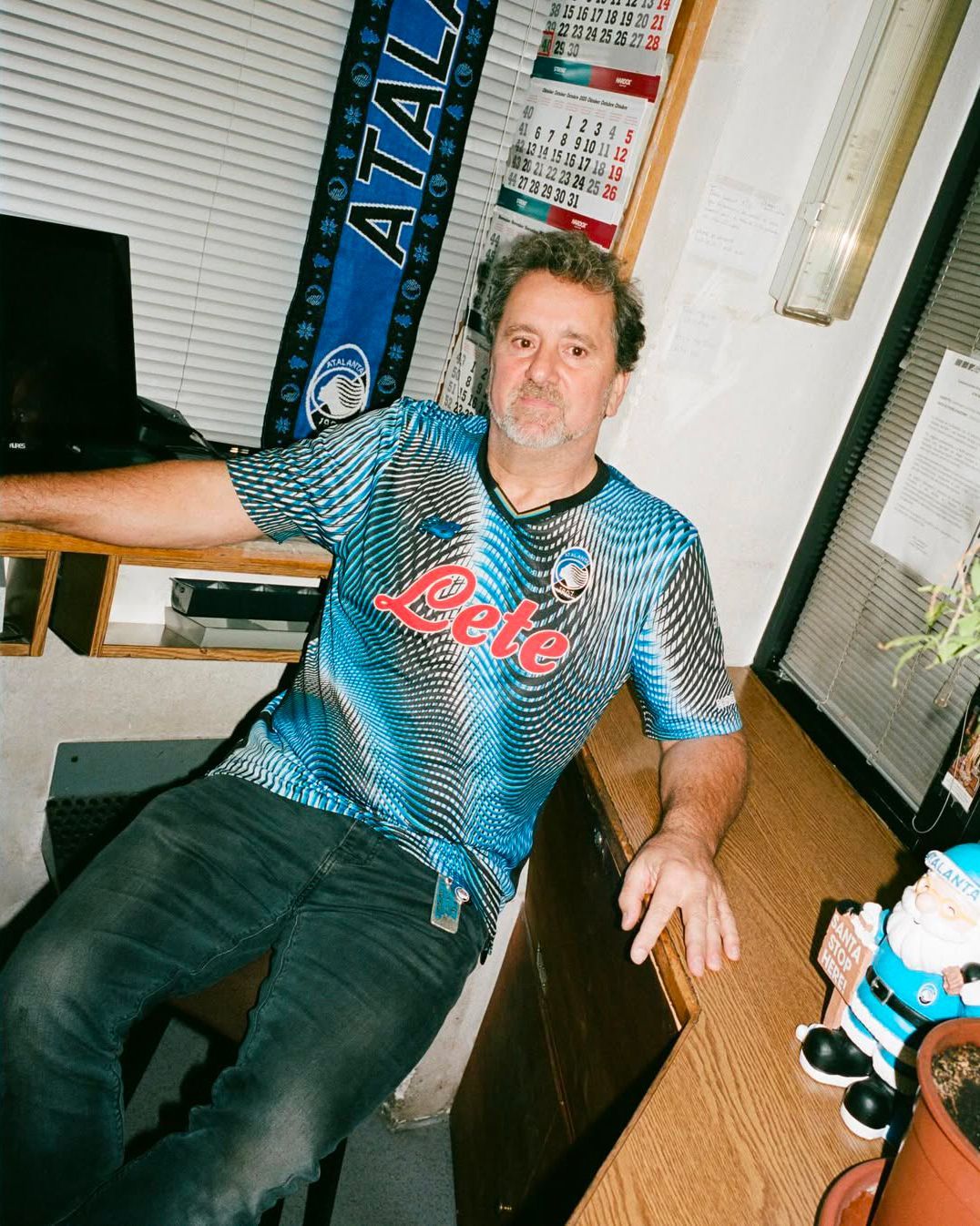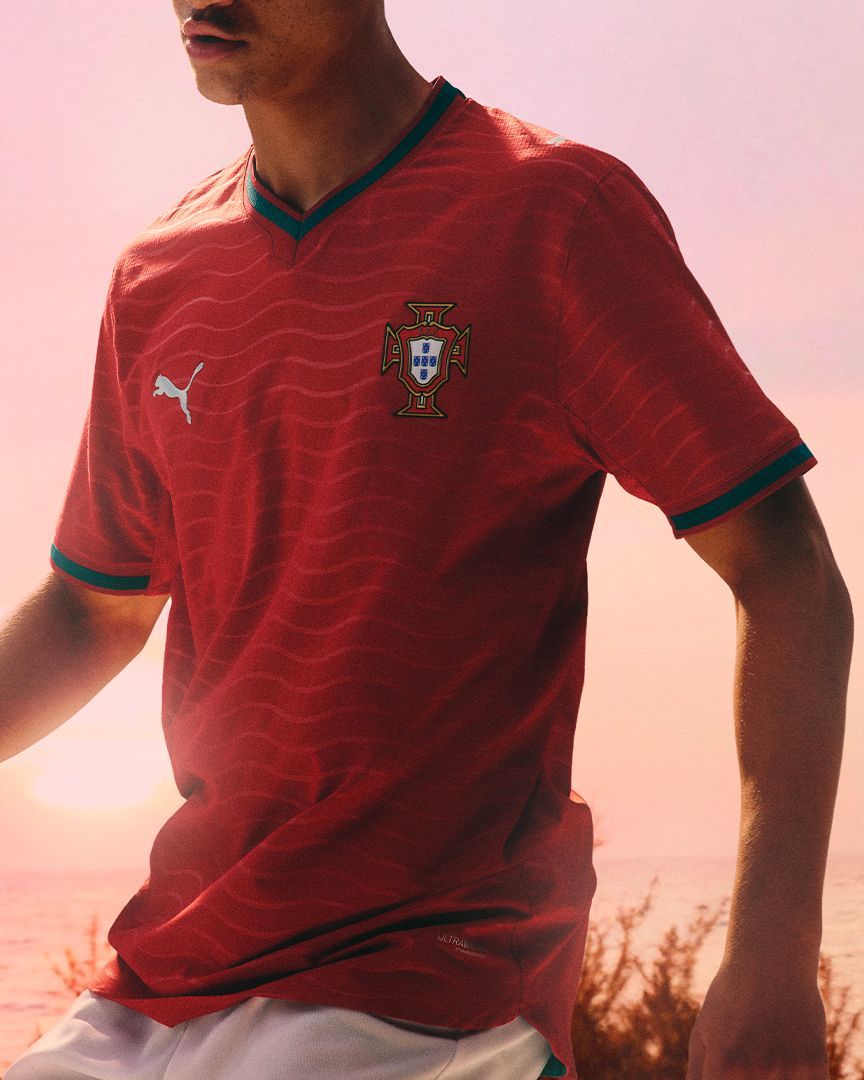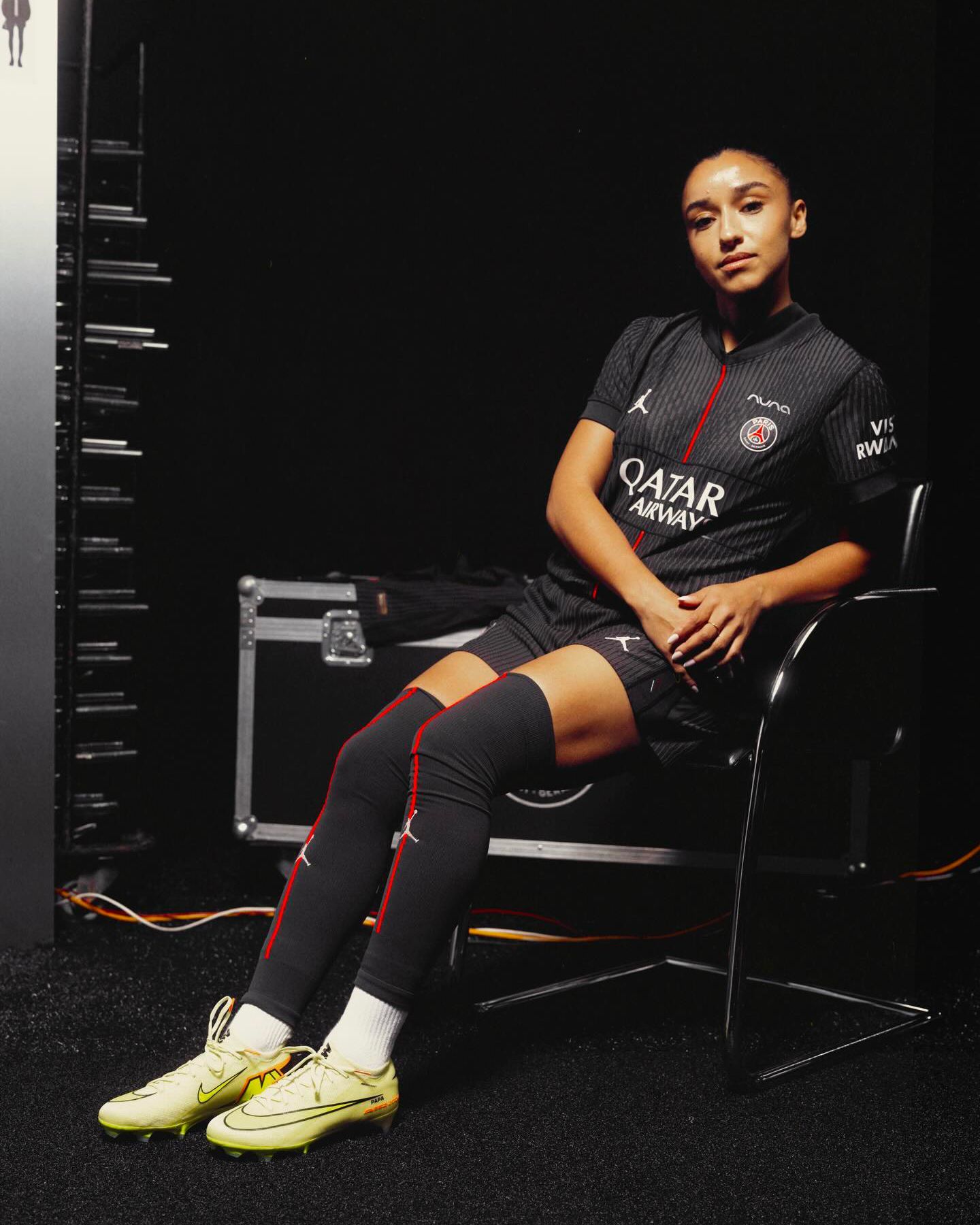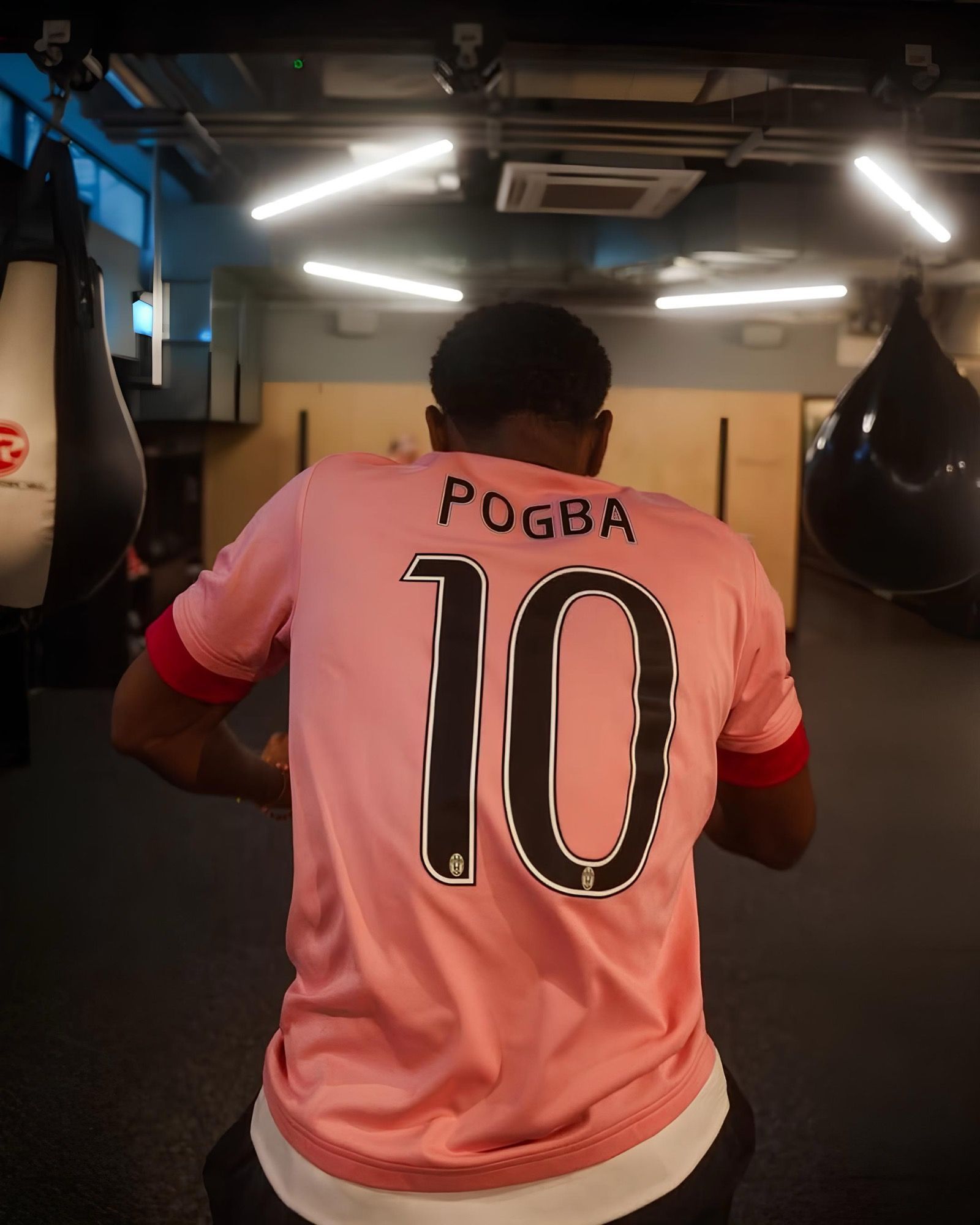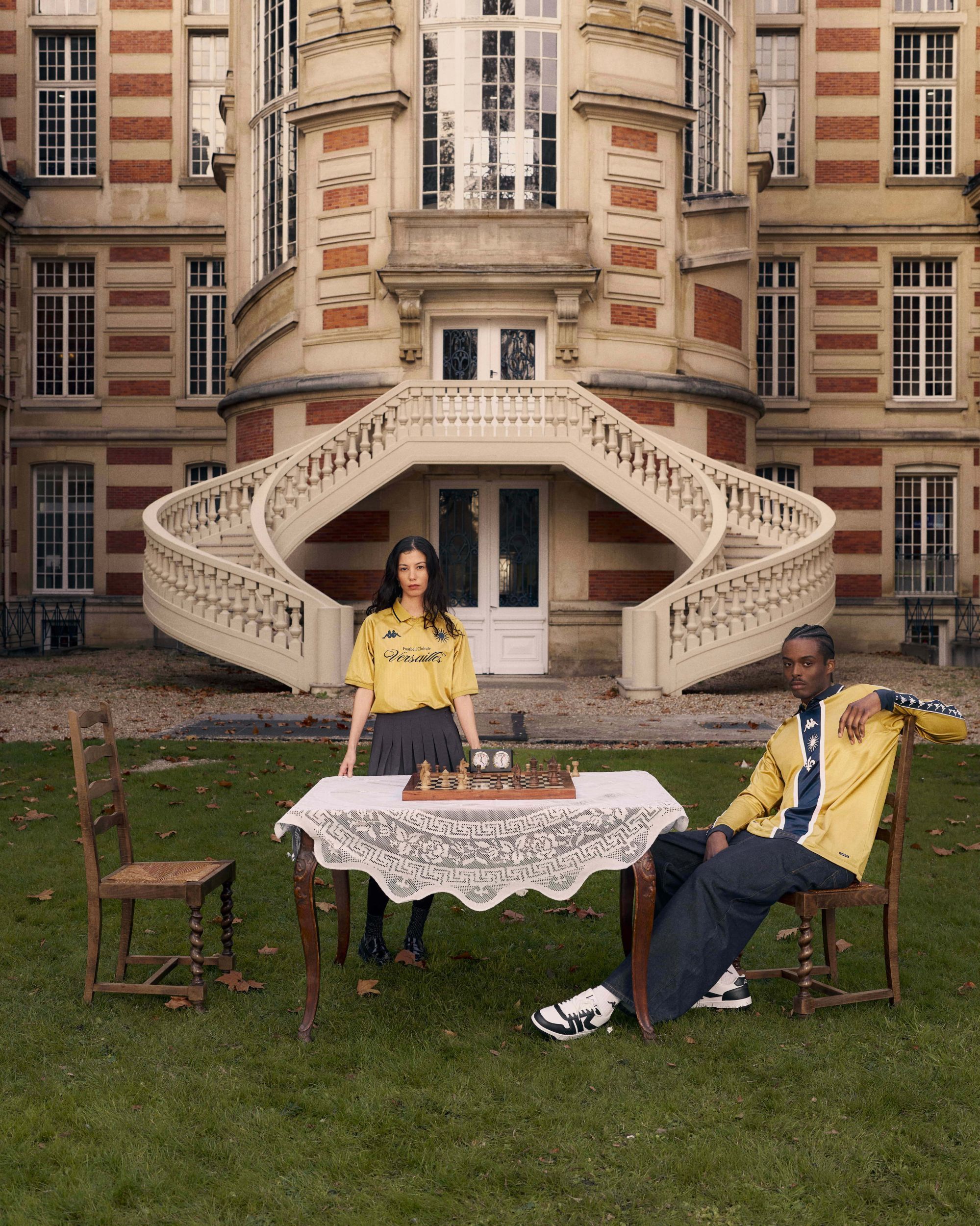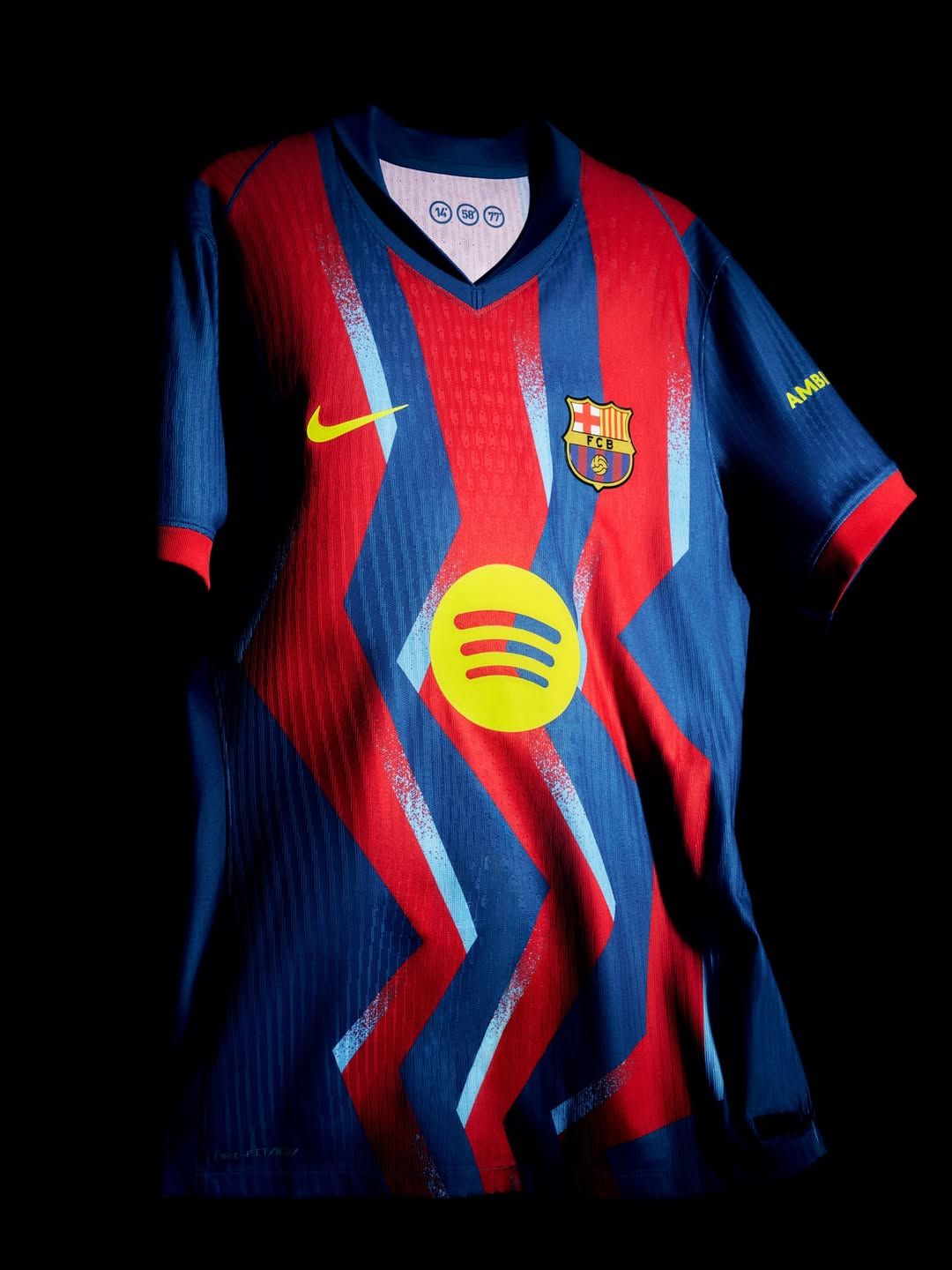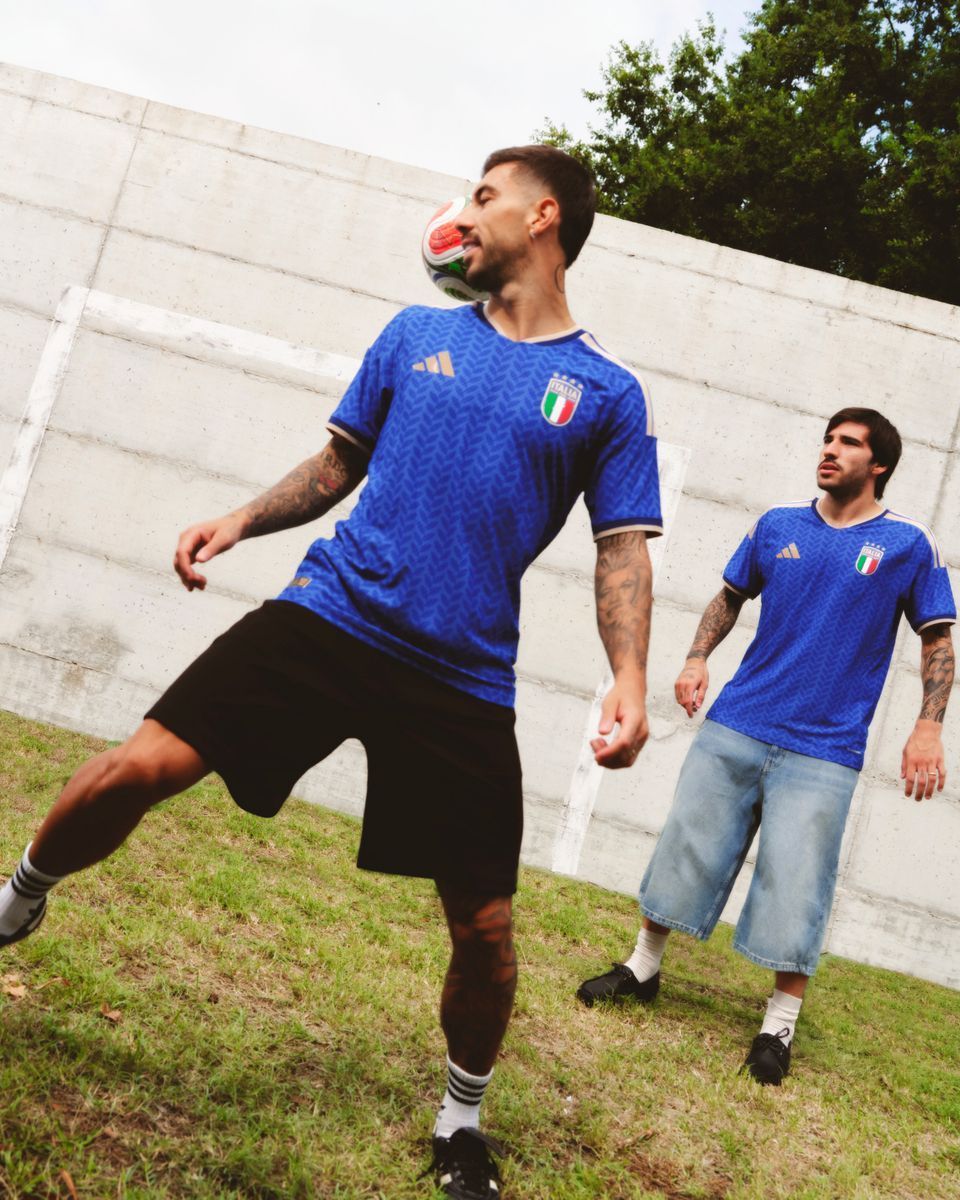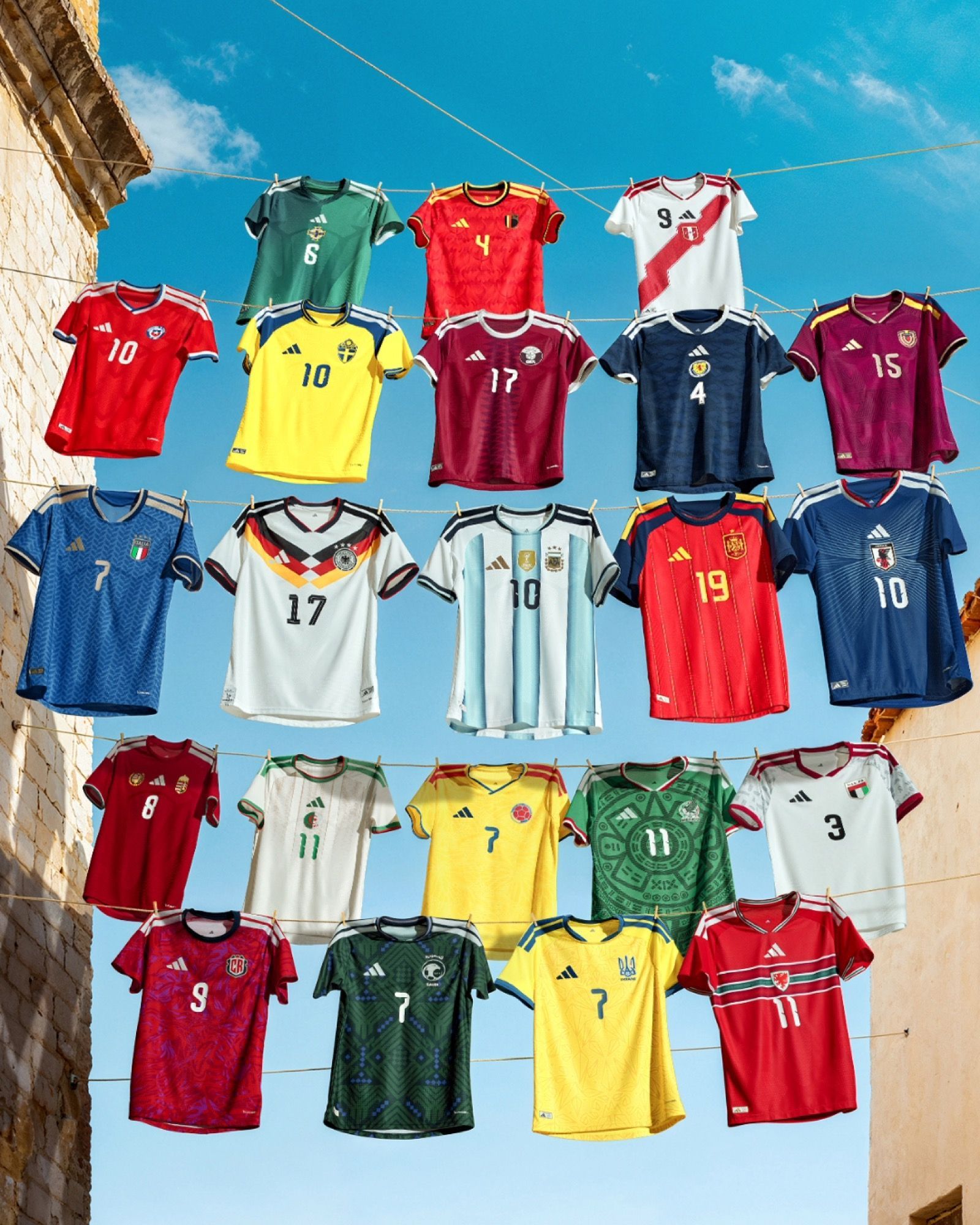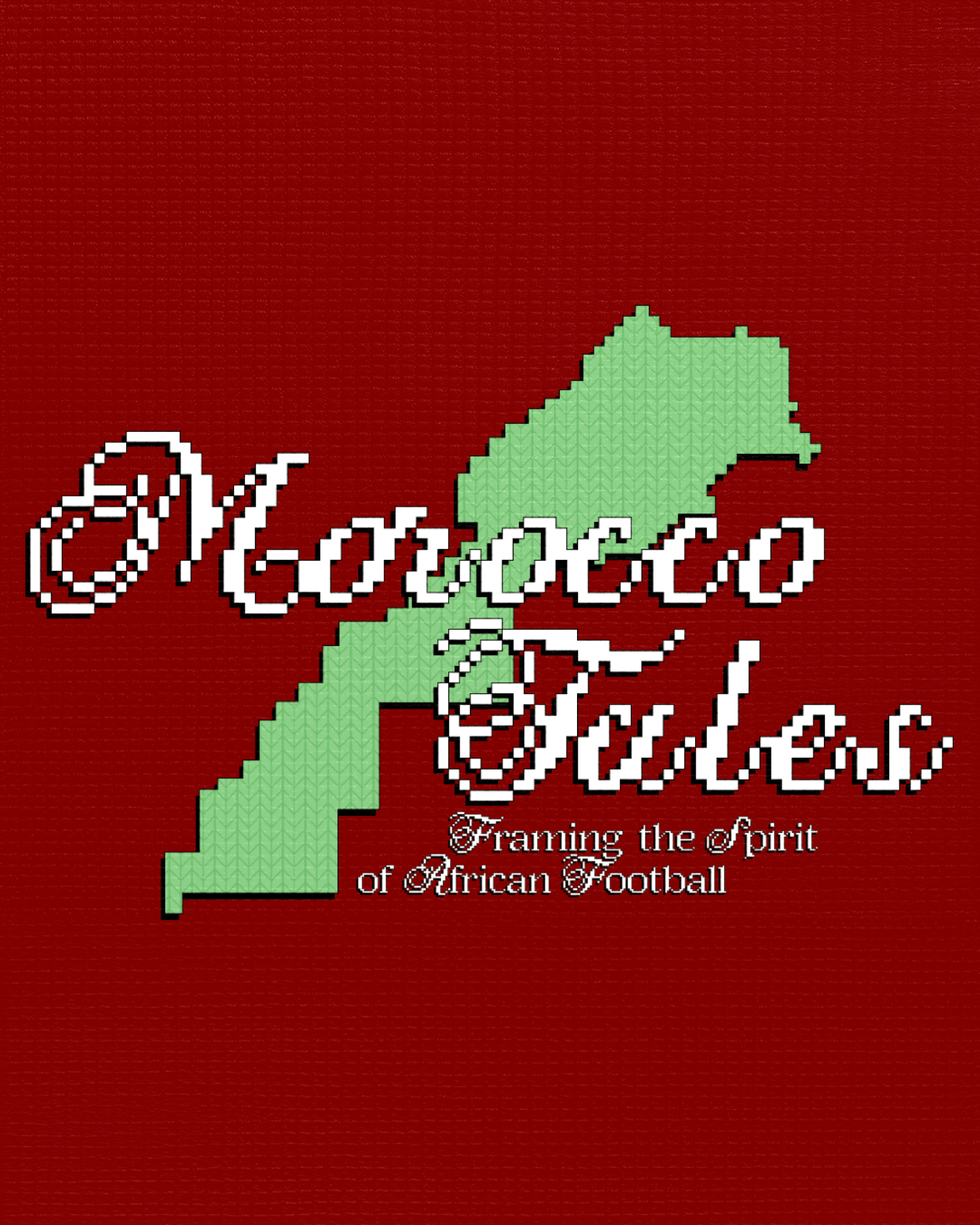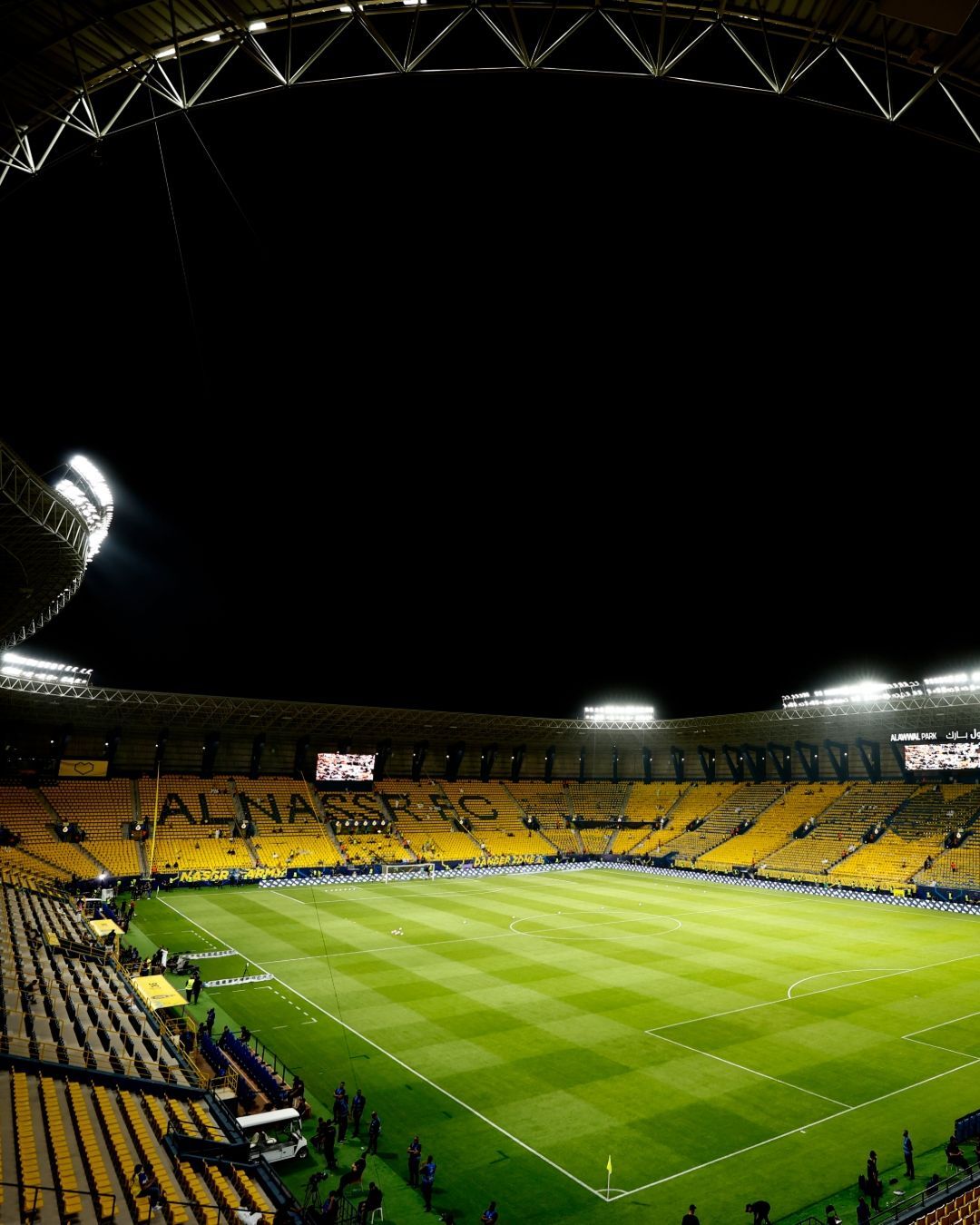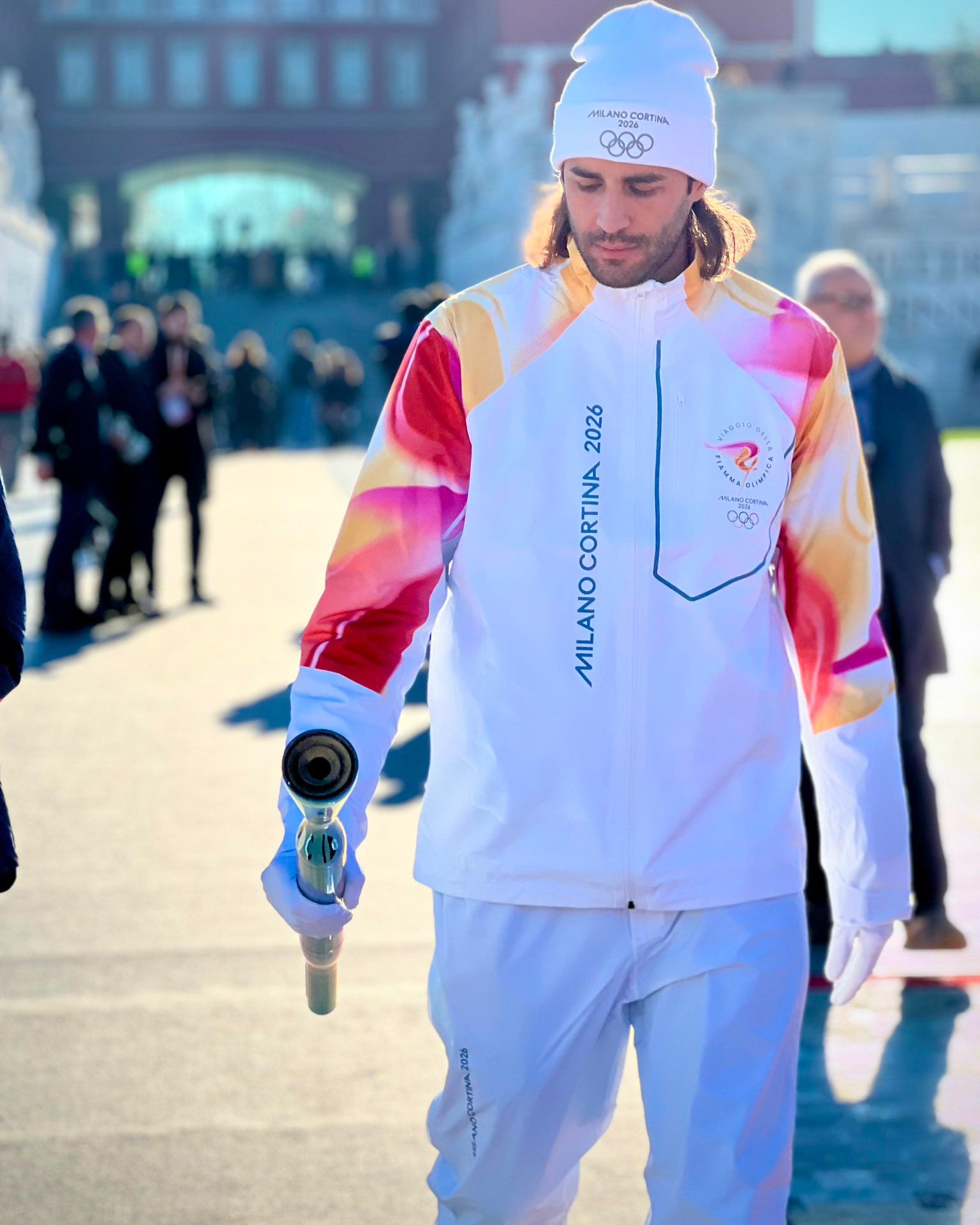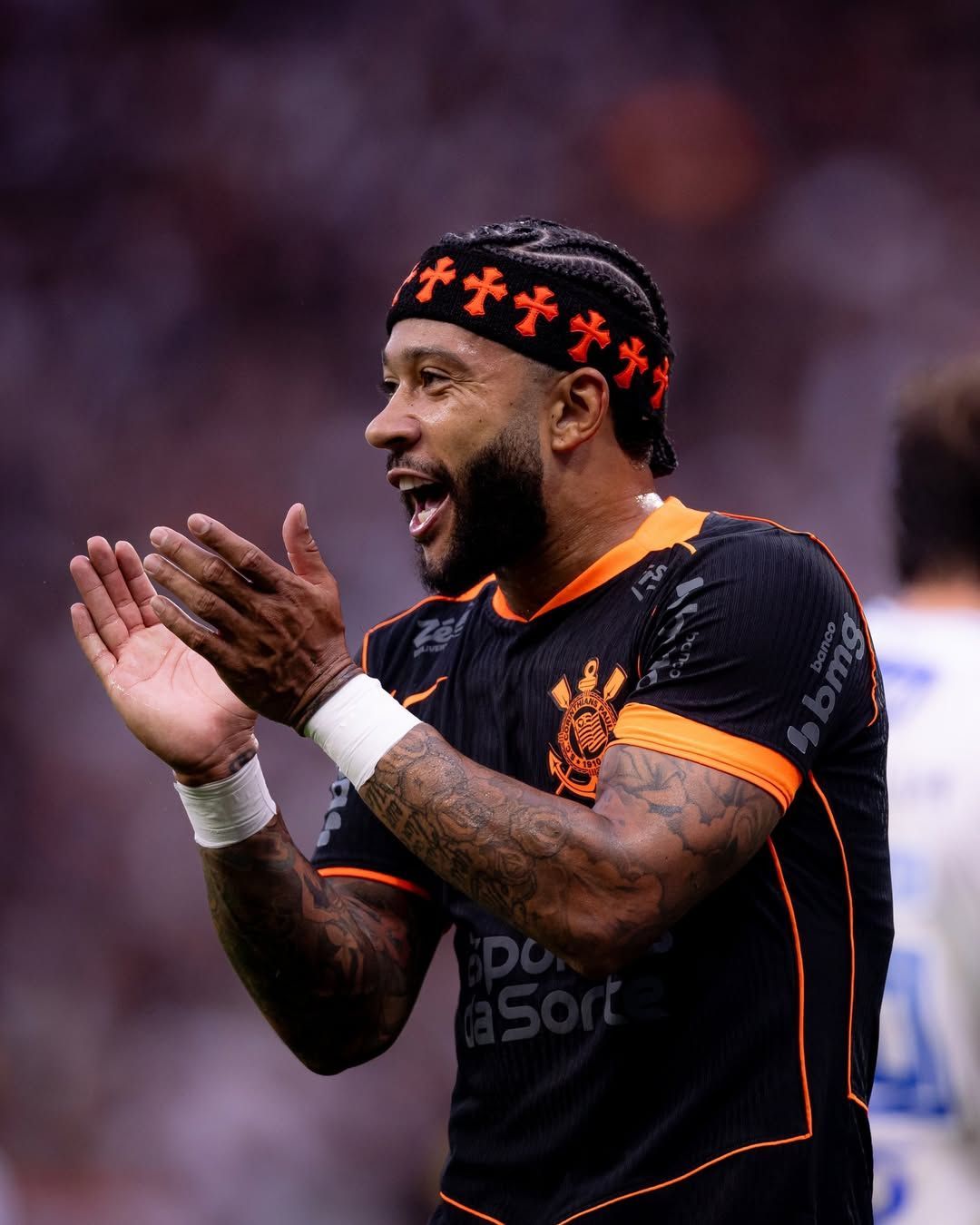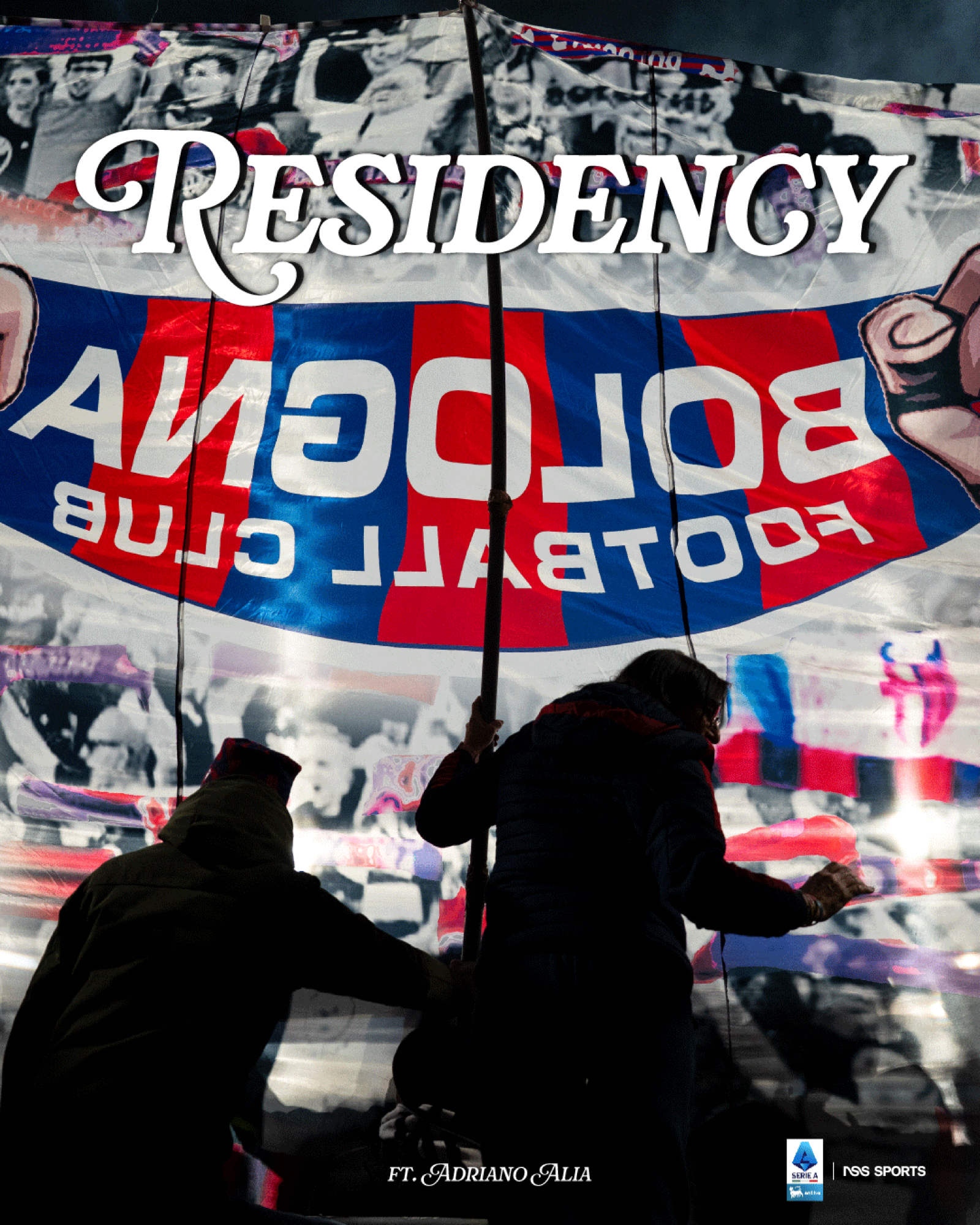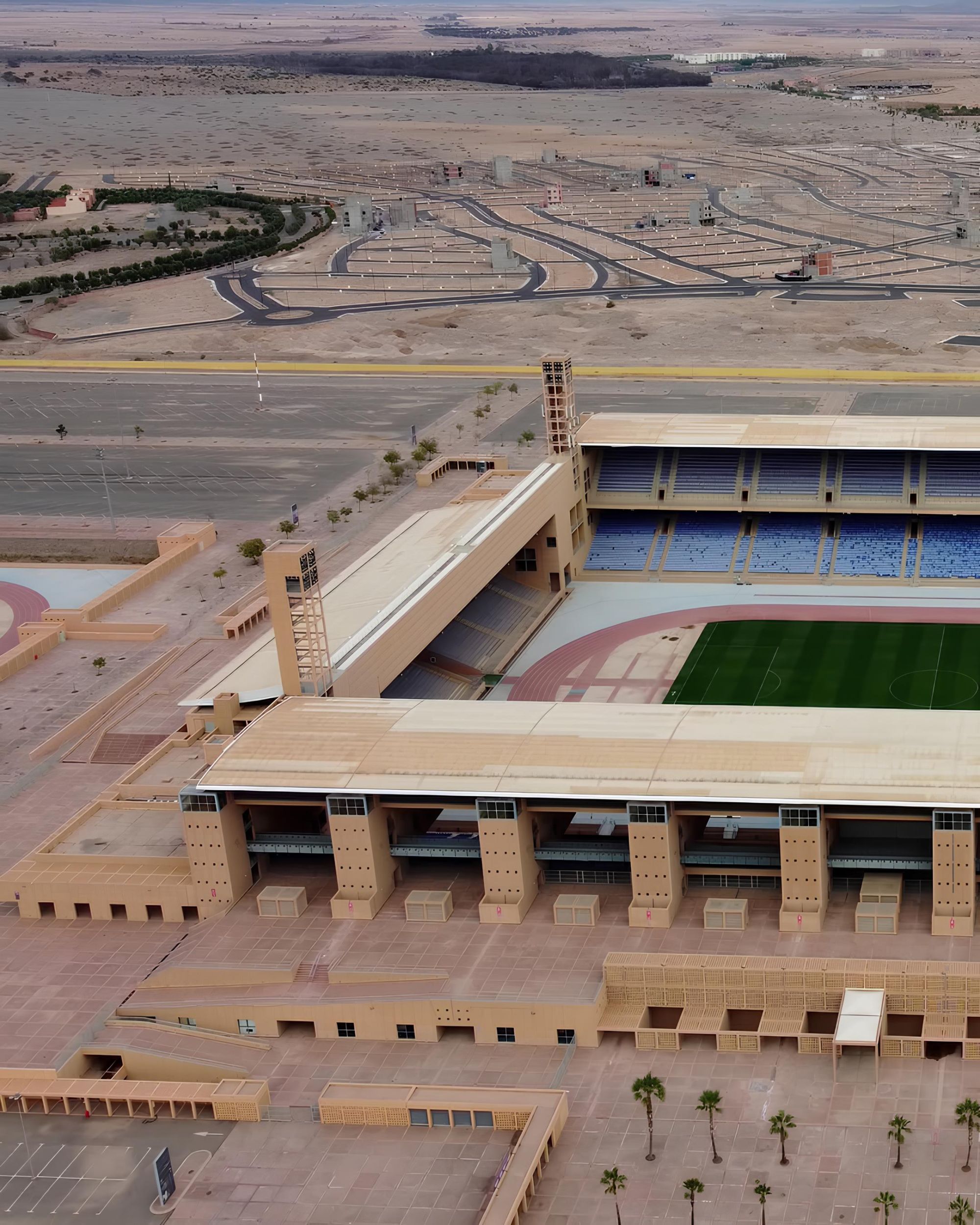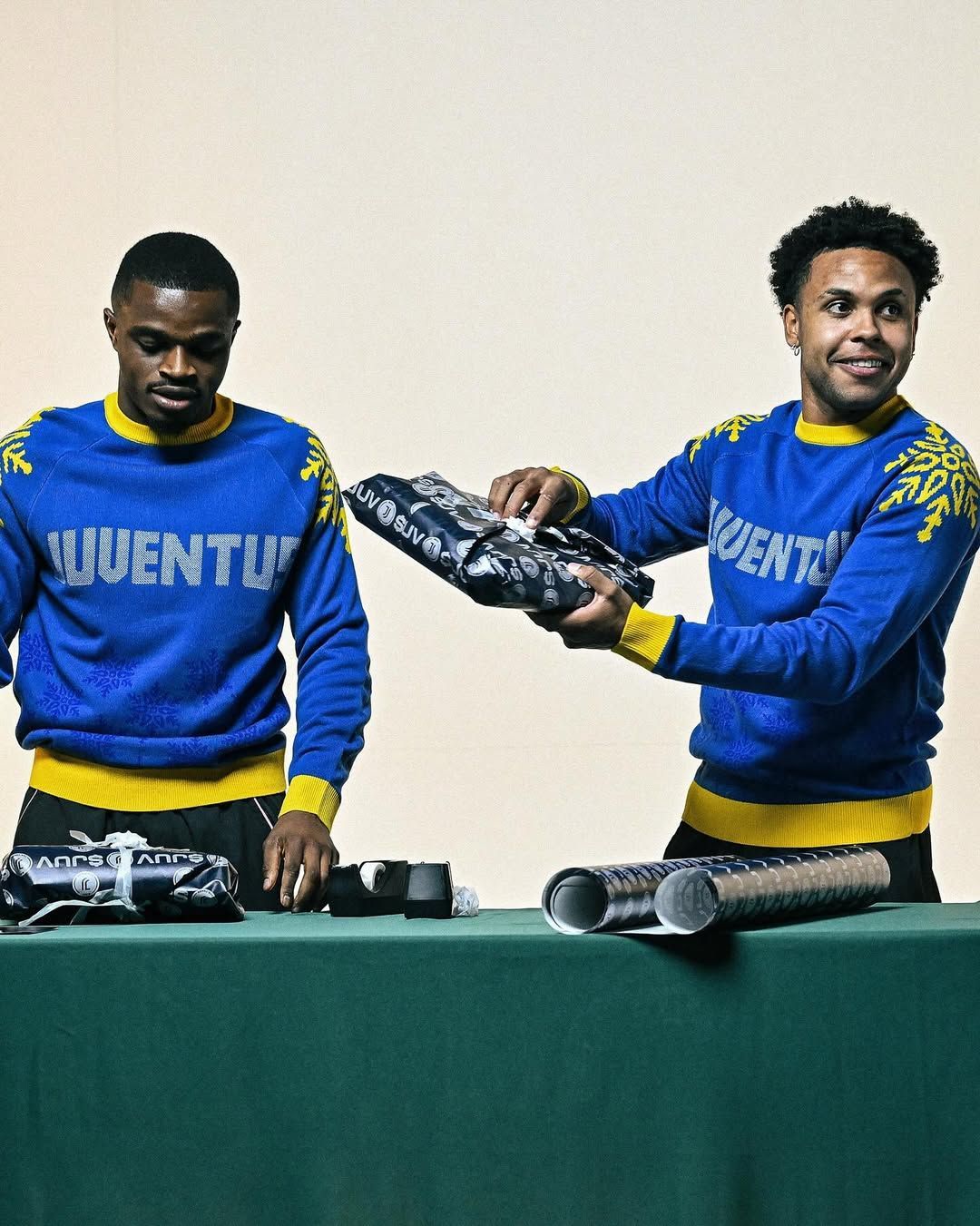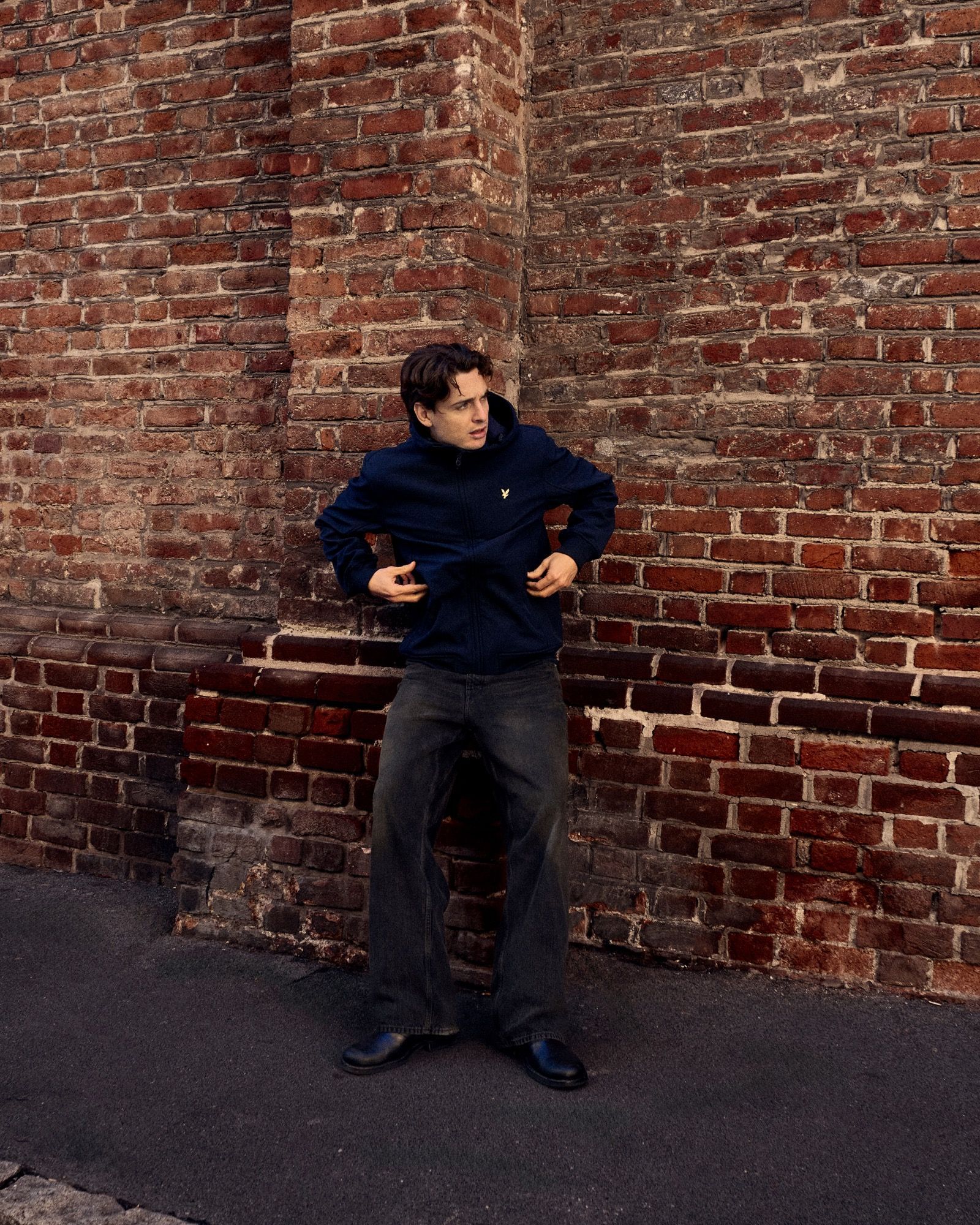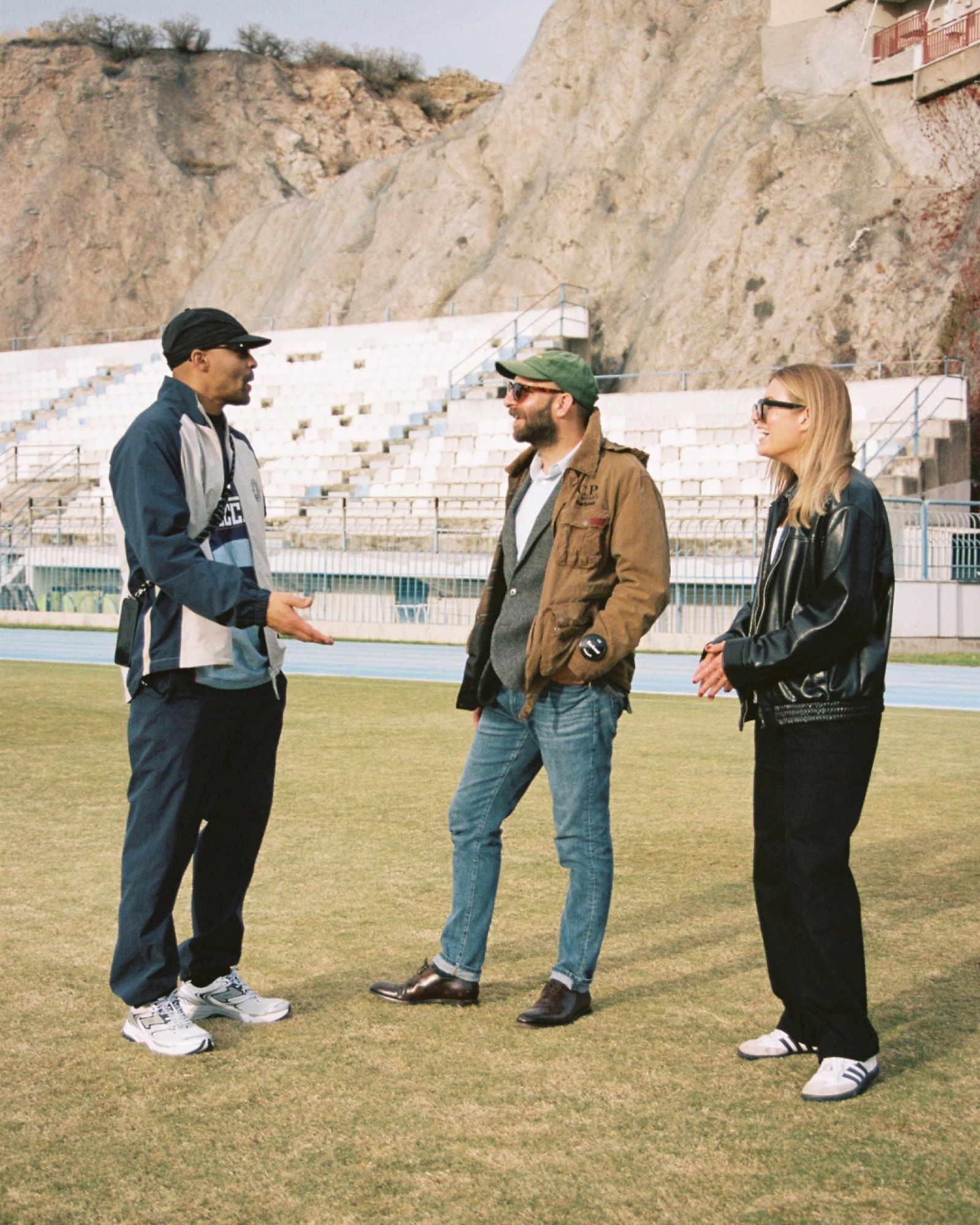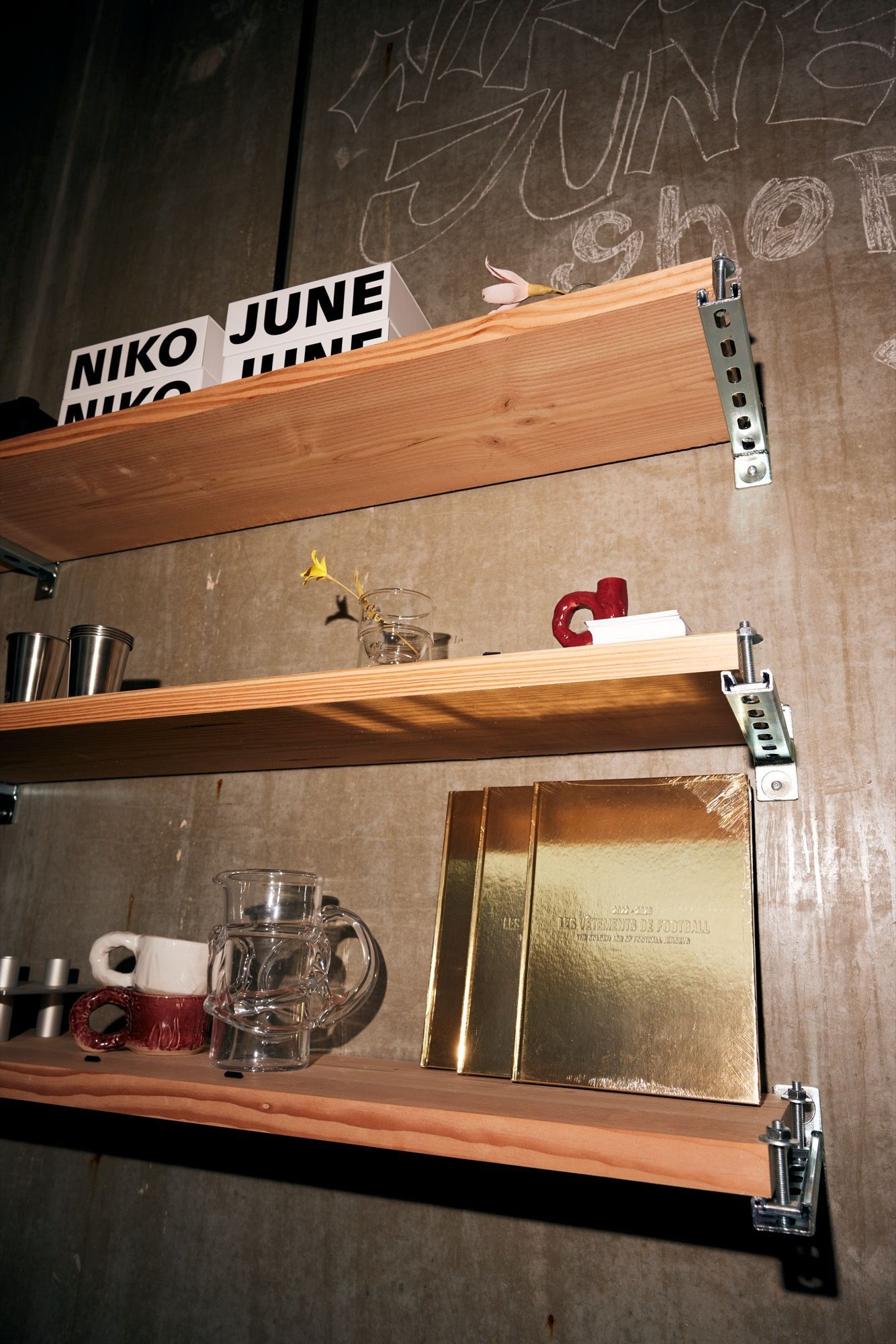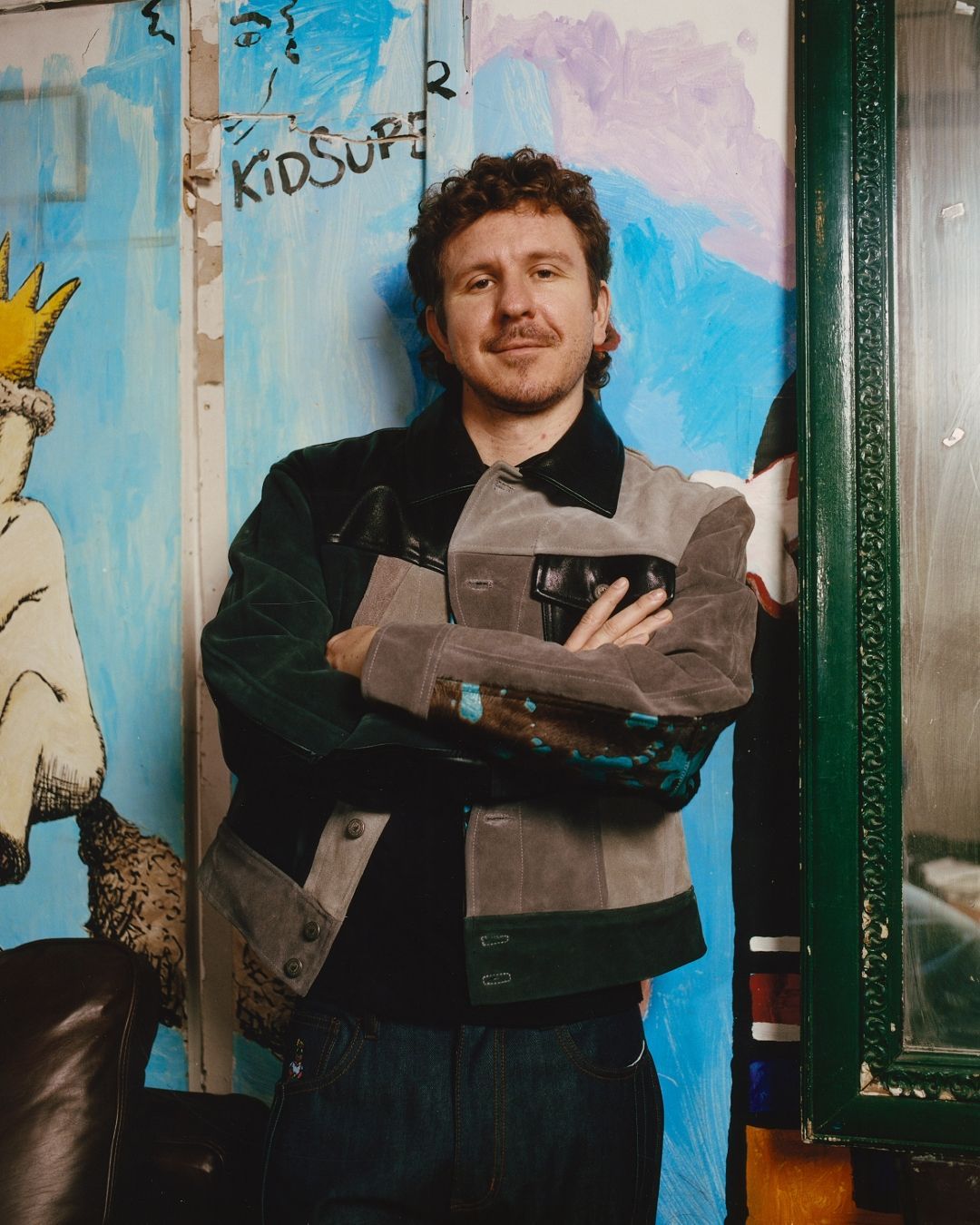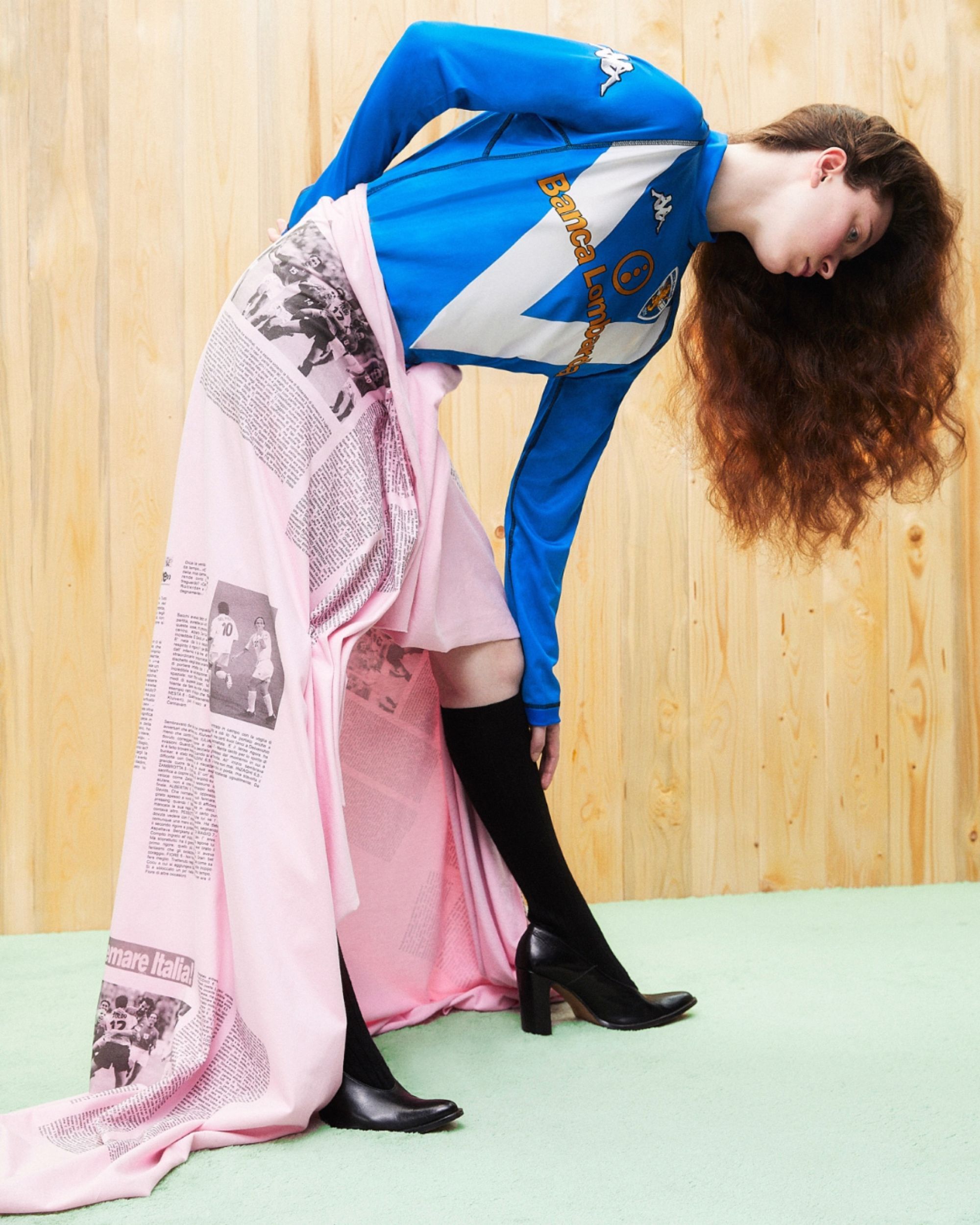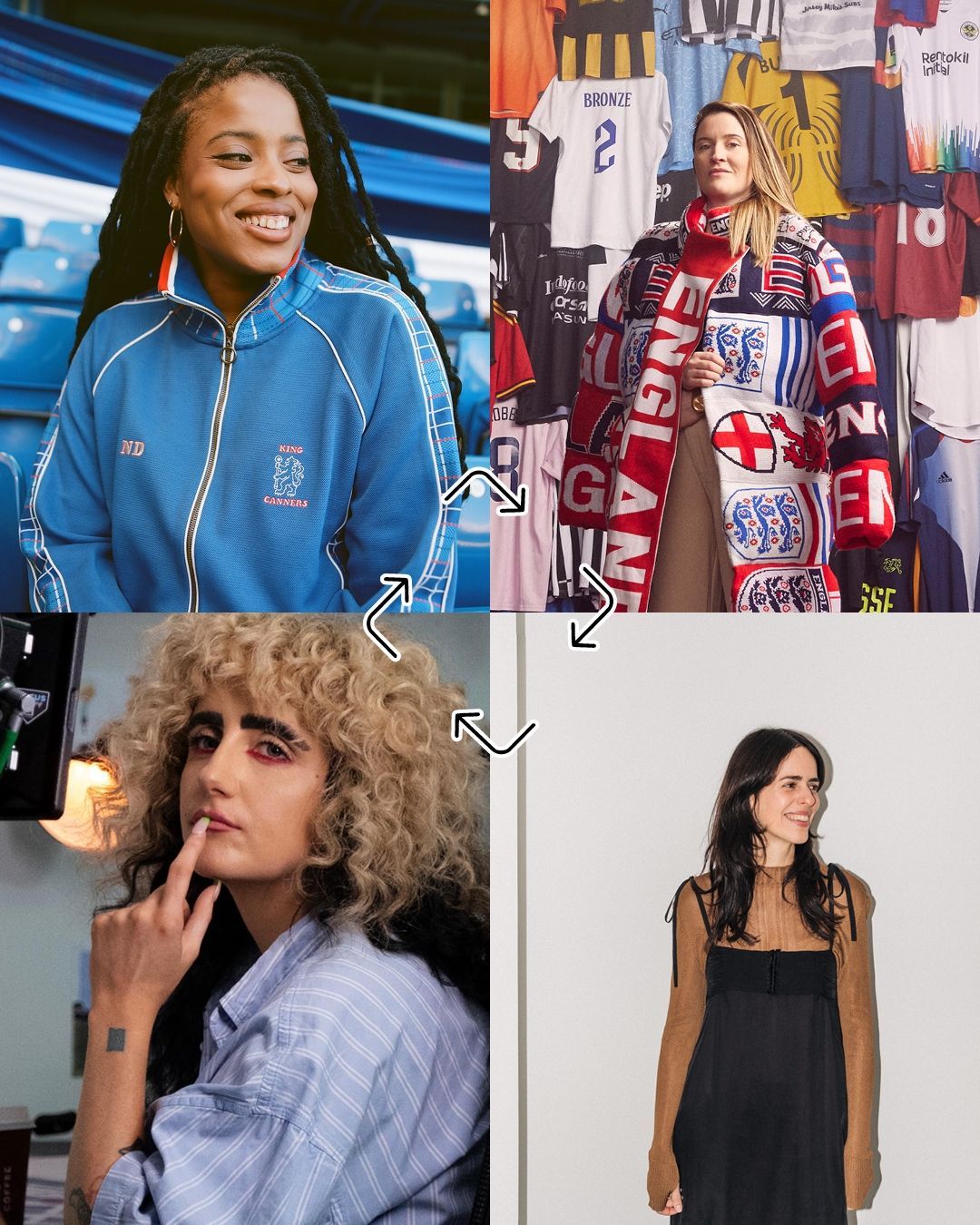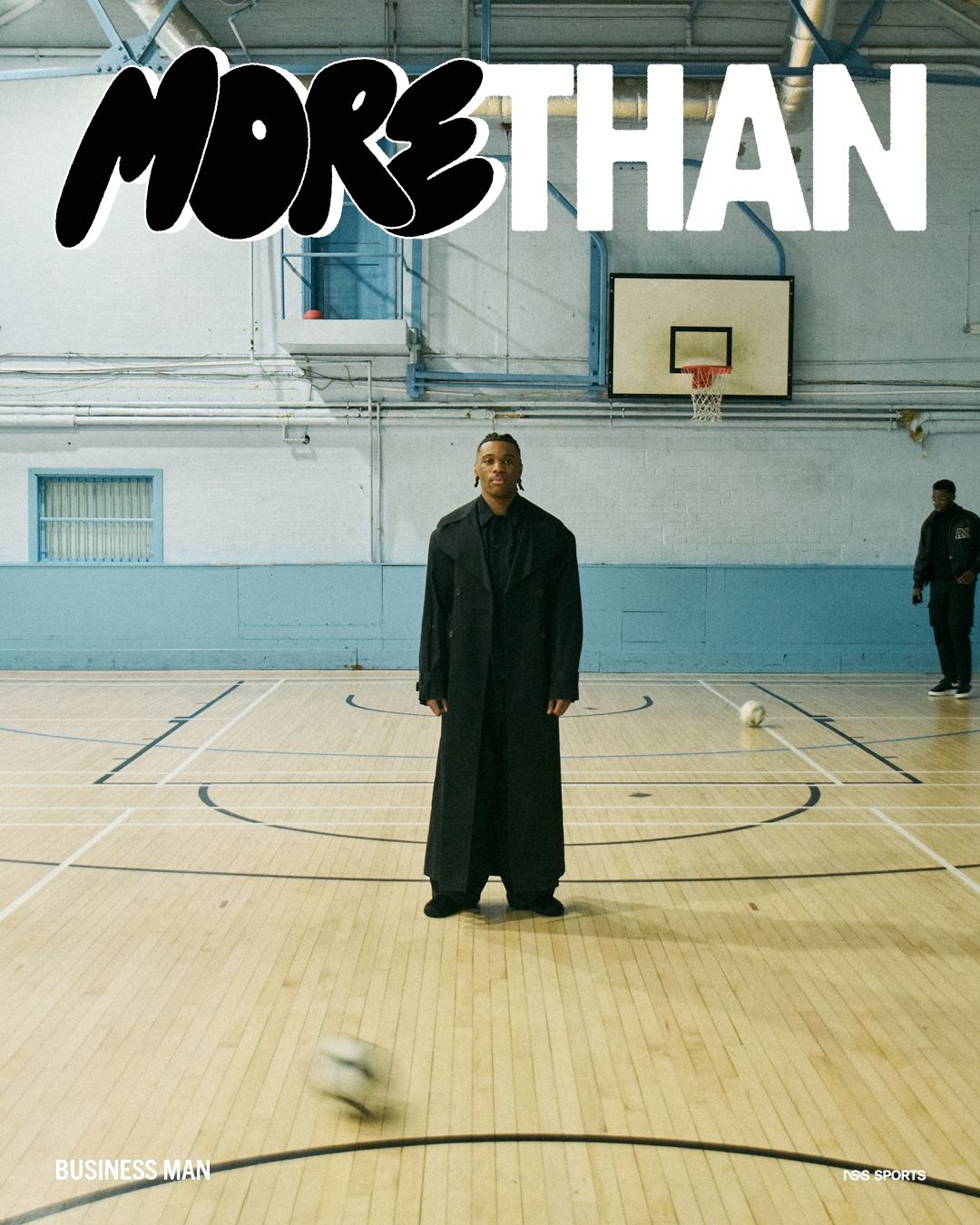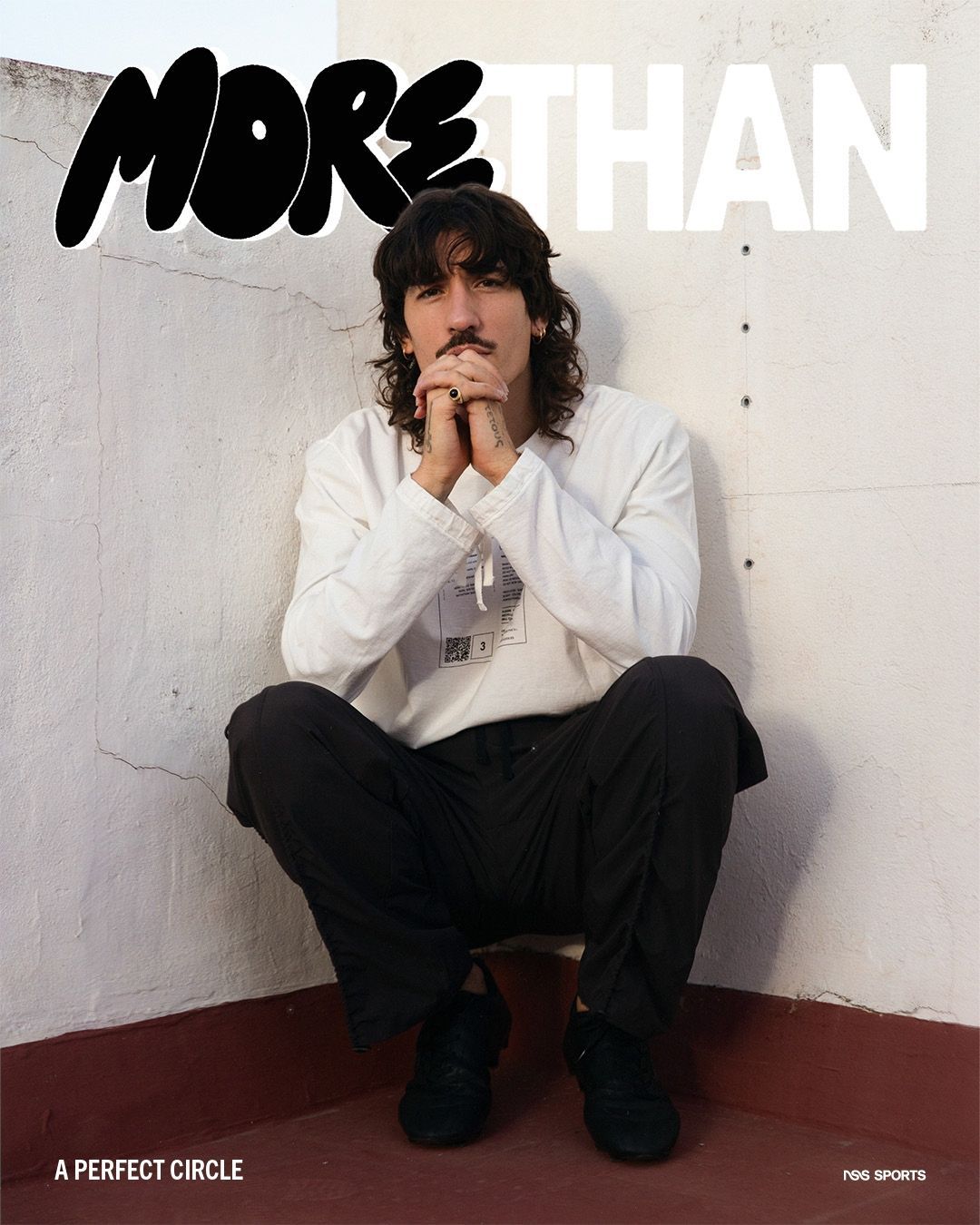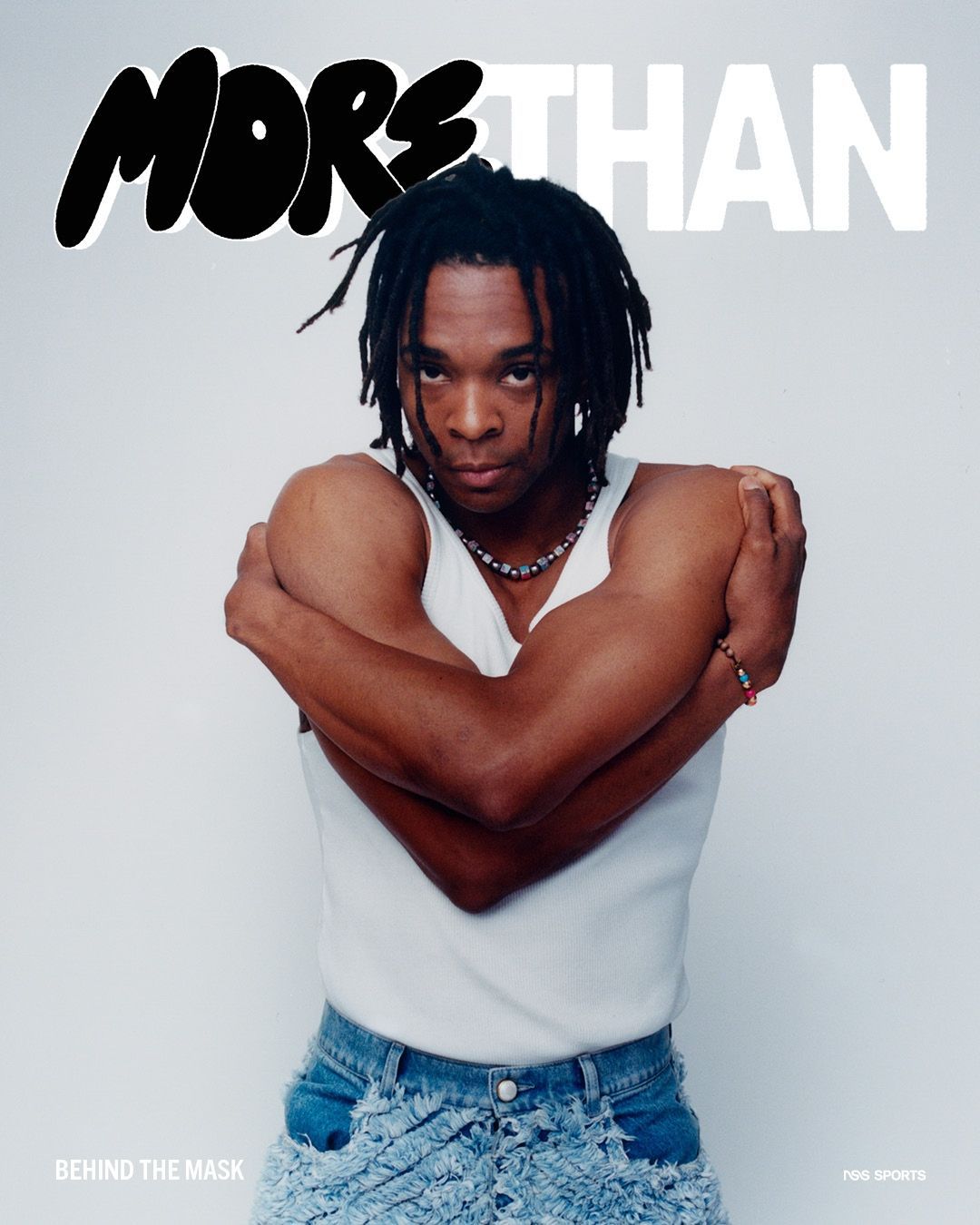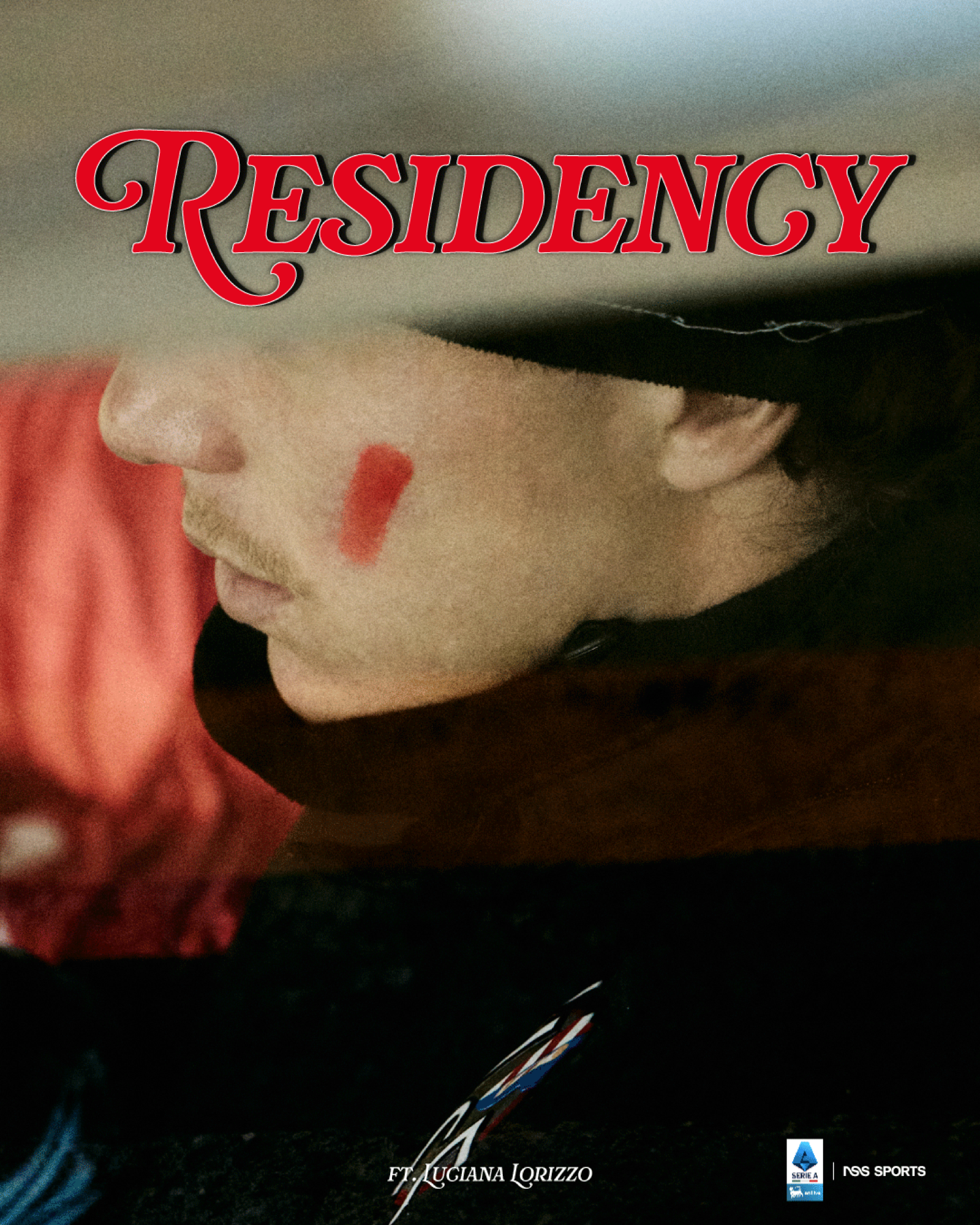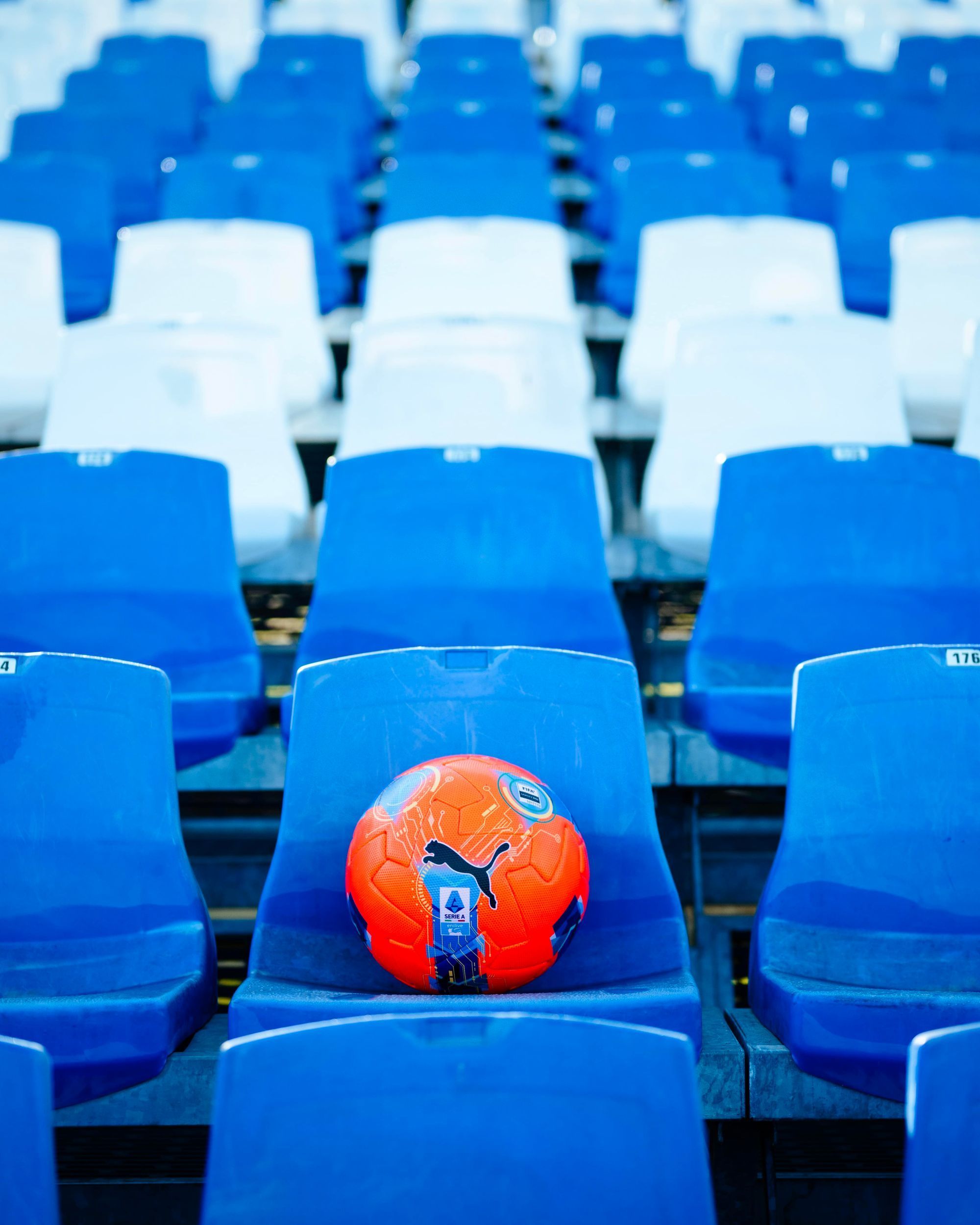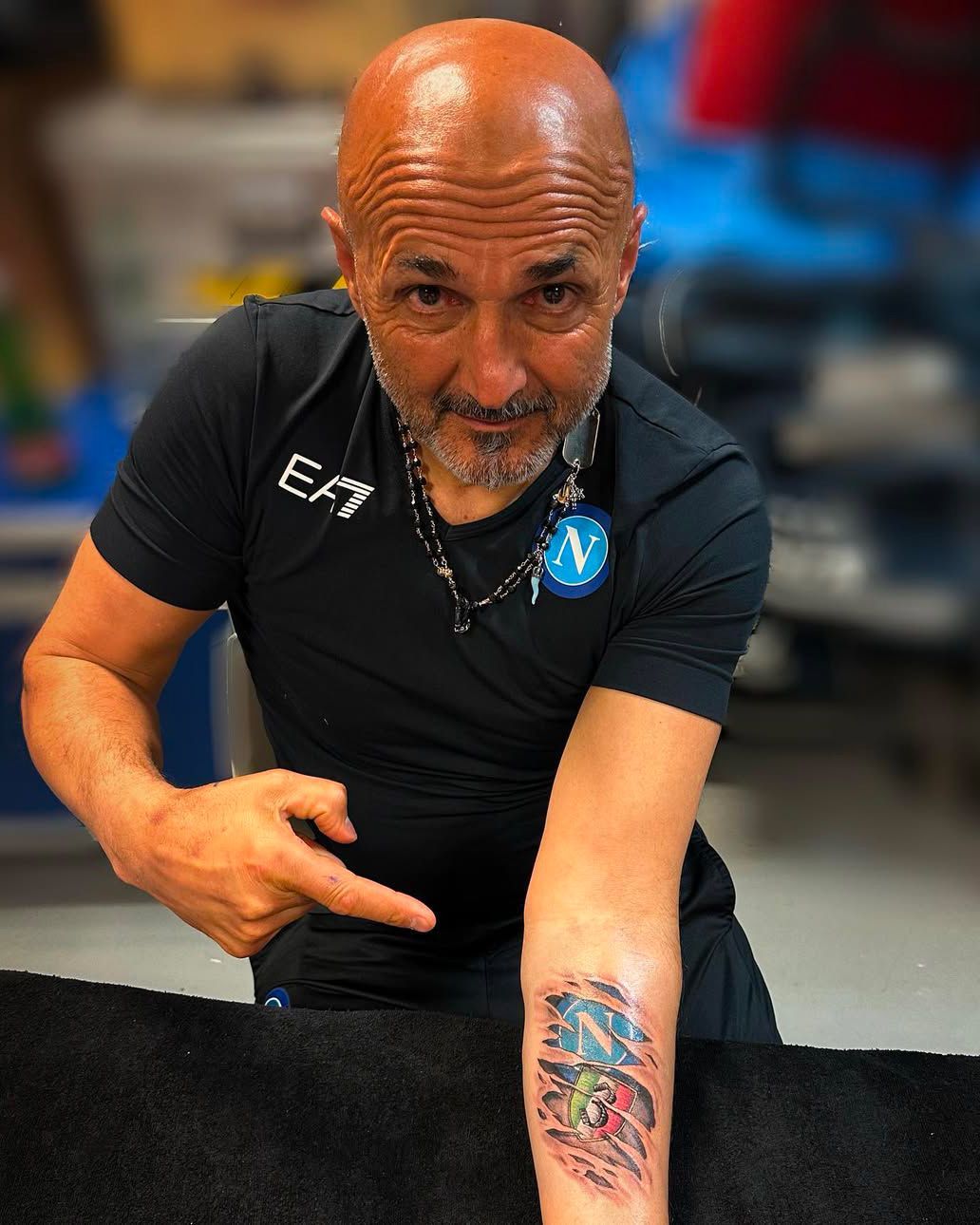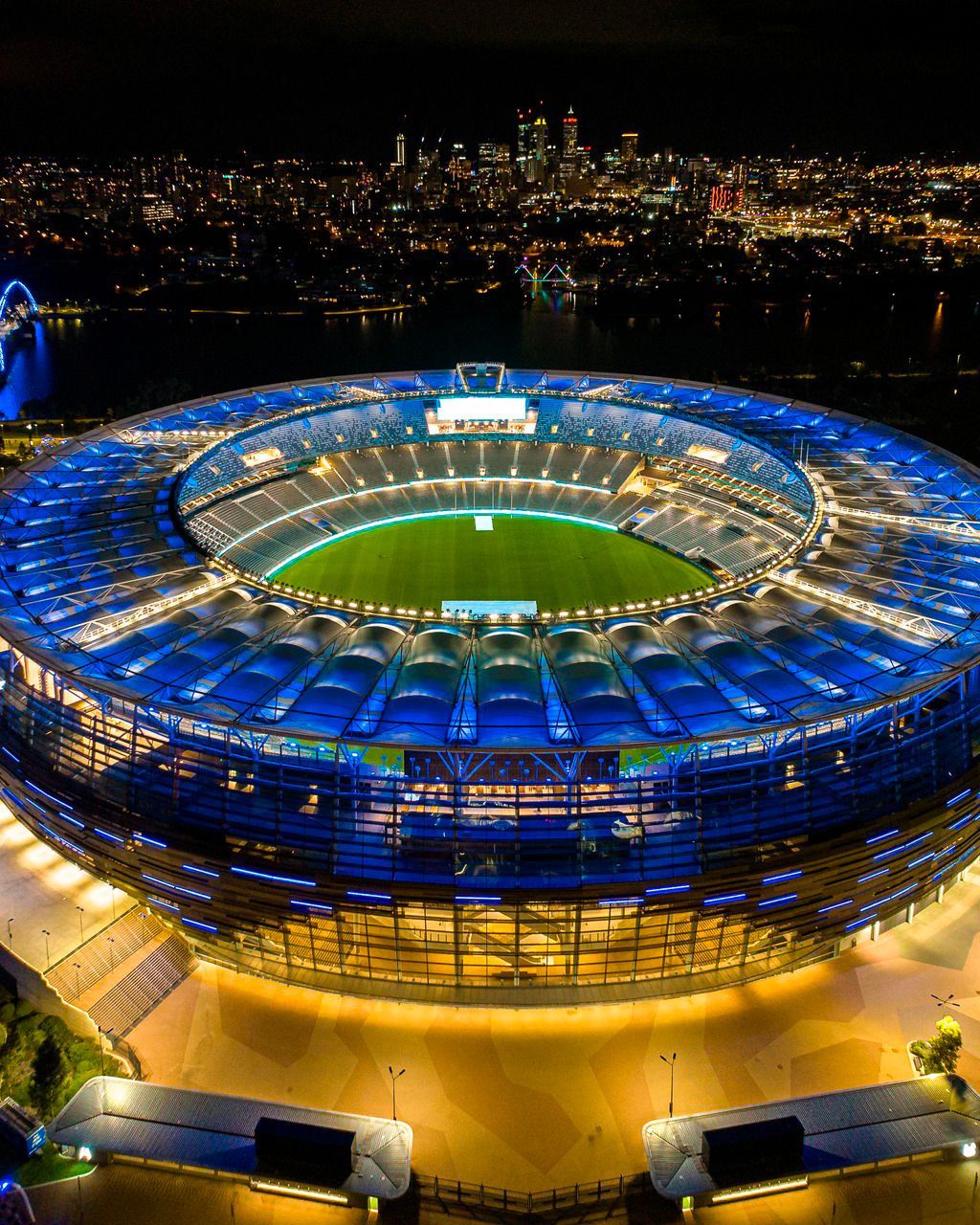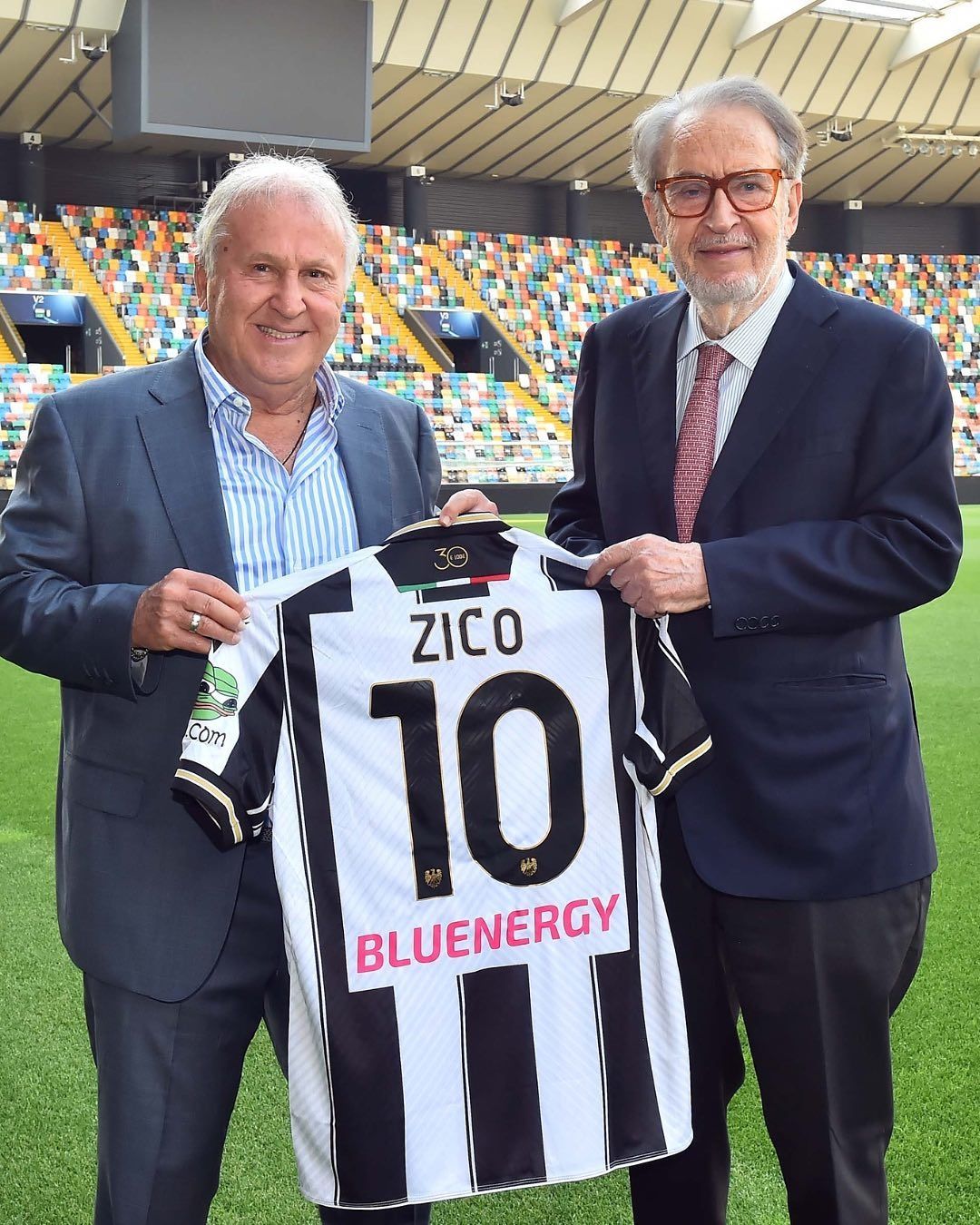
You're not ready for an Udinese made in USA The Pozzo family is closing the sale of the club to the American fund Guggenheim Partners
After 39 years, the time has come for Udinese to change ownership and align with the internationalisation of Serie A. According to recent reports, the Pozzo family is set to hand over control of the Friulian club to Guggenheim Partners, an American fund whose CEO, Mark Walter, is well-known in the sports world for his investments in Chelsea and two Los Angeles franchises. The deal is being finalised formally, with the closing initially set for 6 June and then postponed. In any case, the transaction is expected to be completed before the start of the 2025/26 sports season.
With the arrival of Guggenheim Partners, another Serie A team is projecting itself into the world of global finance with Udinese becoming the ninth out of 20 teams to receive funding from the United States. Meanwhile, the Pozzo family's departure marks the end of an era, that of family ownership, and brings to a close a chapter in Italian football history that began with Giampaolo Pozzo in 1986 and continued with his son Gino.
Handover
Guggenheim Partners is a financial group based in New York managing around 350 billion dollars in assets, with sports ventures in the Premier League (Chelsea), NBA basketball (Los Angeles Lakers), and MLB baseball (Los Angeles Dodgers). With Udinese, a desirable club long rumored to be for sale, Mark Walter and partners have found the opportunity to cross the ocean and enter Italian football; with the privilege of starting directly in Serie A, avoiding promotion races recently faced, for example, by the Hartono family in Como or City Football Group in Palermo.
The Friulian club own its stadium, the Bluenergy Stadium (formerly Dacia Arena) rebuilt in 2016, and presents solid financials with €120 million in revenue and a positive EBITDA of €50 million in the 2024 balance sheet. The squad is valued at nearly €150 million, with consistent mid-table finishes behind it. In fact, more than that: an uninterrupted run in Serie A since 1994, despite lacking the fan base and off-pitch revenues of many rivals.
According to Italian economic outlet Il Sole 24 Ore, the preliminary signing of the documents took place on April 15, for a total estimated between €150 and €190 million. For now, it's not ruled out that the Pozzo family may retain a voice on the club's board of directors, similar to what happened in Bergamo with Atalanta; meaning the outgoing owners might keep a minority stake and a more discreet but strategic role, ensuring continuity of the technical project and a smooth transition.
American Ownership
Udinese will thus become the twelfth Serie A club with foreign ownership. And as mentioned, apart from Bologna, Como, and Genoa, the others all wave the stars and stripes: Milan with Gerry Cardinale and RedBird, Inter with Oaktree Capital Management, Roma with the Friedkin Group, Fiorentina with Rocco Commisso, Atalanta with Stephen Pagliuca, Parma with Kyle Krause, Pisa with Alexander Knaster, and this year Hellas Verona with Presidio Investors. Completing the landscape, now in the minority, are eight clubs still tied to local ownership: Juventus, Napoli, Lazio, Torino, Cagliari, Sassuolo, Lecce, and Cremonese.
In short, the geography of Serie A has changed dramatically over the past decade. In 2025, it’s no longer news that family-run structures like the Pozzos, once common if not the standard, have become rare. The point isn't the transaction currency, whether euro, dollar, yuan (remember the arrival of Chinese companies?), or riyal (will the sheikhs come sooner or later?), but scalability in global markets. It's a matter of liquidity, but also of increasingly complex governance models, fragmented ownership, multi-ownership, and a general industry evolution that now demands cross-functional expertise, the ability to attract international investment, and new commercial paths. In short, speaking the language of business more than football.
Within this trend, Udinese stands out as a unique case, a structure already ahead in many areas, studied and emulated in both Italy and abroad. Foremost for the reach and output of its scouting, internal talent development, and the capital gains achieved in the transfer market, which have become the project’s trademark in recent decades; but also for investments in infrastructure and satellite relationships with Watford, the English club run by the Pozzo family since 2012, and Granada, owned between 2009 and 2016, both linked to Udinese by continuous player movement. These, however, are just the latest chapters in a long, virtuous, and at times truly passionate journey.
The End of an Era
It all began on July 28, 1986, when Giampaolo Pozzo acquired Udinese from Lamberto Mazza, the last president of the Zico era. That was the start of a project that in the following decades would bring a provincial club onto European maps, thanks to a brilliant transformation into an economic and sporting lab by the new ownership. Not before facing some difficulties, though. In the summer of 1986, the club was hit by the Totonero-bis scandal and relegated to Serie B; it was later reinstated in the top flight, but with a points penalty that still resulted in relegation, despite big-name signings like Graziani, Bertoni, and Collovati. In 1990, an ambiguous phone call between Pozzo and Lazio president Gianmarco Calleri earned the club further penalties and Pozzo a few years’ suspension, after which he never took official roles again, though he remained in charge of the club.
Coming out of that period, Udinese took the shape we know today, reaching thirty consecutive seasons in Serie A, a milestone shared only with Inter, Milan, Roma, and Lazio. Over this time, the club made a name for itself both domestically and internationally, achieving third place in 1998, winning the Intertoto Cup in 2000 under Alberto Zaccheroni, eight UEFA Cup qualifications, and a historic Champions League qualification in 2005 with Luciano Spalletti, then nearly repeated in 2011 and 2012 under Francesco Guidolin. What truly made the Pozzo era unique, though, beyond results on the pitch, was the method behind them. Udine emerged as a hub of international scouting as early as the 1990s: from Balbo to Bierhoff and Amoroso, then Giannichedda, Fiore, Sensini, Pizarro, and Jorgensen; and more recently, another wave of talent: Sanchez, Handanovic, Benatia, De Paul, Inler, Asamoah, Isla, Cuadrado, Zielinski, Meret. All these discoveries helped generate significant profits, building the virtuous cycle that paved the way for the club’s sale.
The numbers speak volumes: over €800 million in capital gains, about 40% of total revenue, with the most lucrative being the sale of Marcio Amoroso to Parma in 1999 for €37 million. At the heart of the collective memory, and for eight seasons leading the attack, remains and will remain the unforgettable image of one player who contributed more than anyone to Udinese’s growth during this period: Antonio Di Natale, of course. Symbol and captain for nearly a decade, he is still the club’s top scorer (227 goals) and appearance leader (446 matches), after being twice Serie A top scorer. No one in Udine has forgotten Totò and his little airplane: the fitting romantic and slightly nostalgic icon to remember a 39-year story that truly stirs many emotions.

